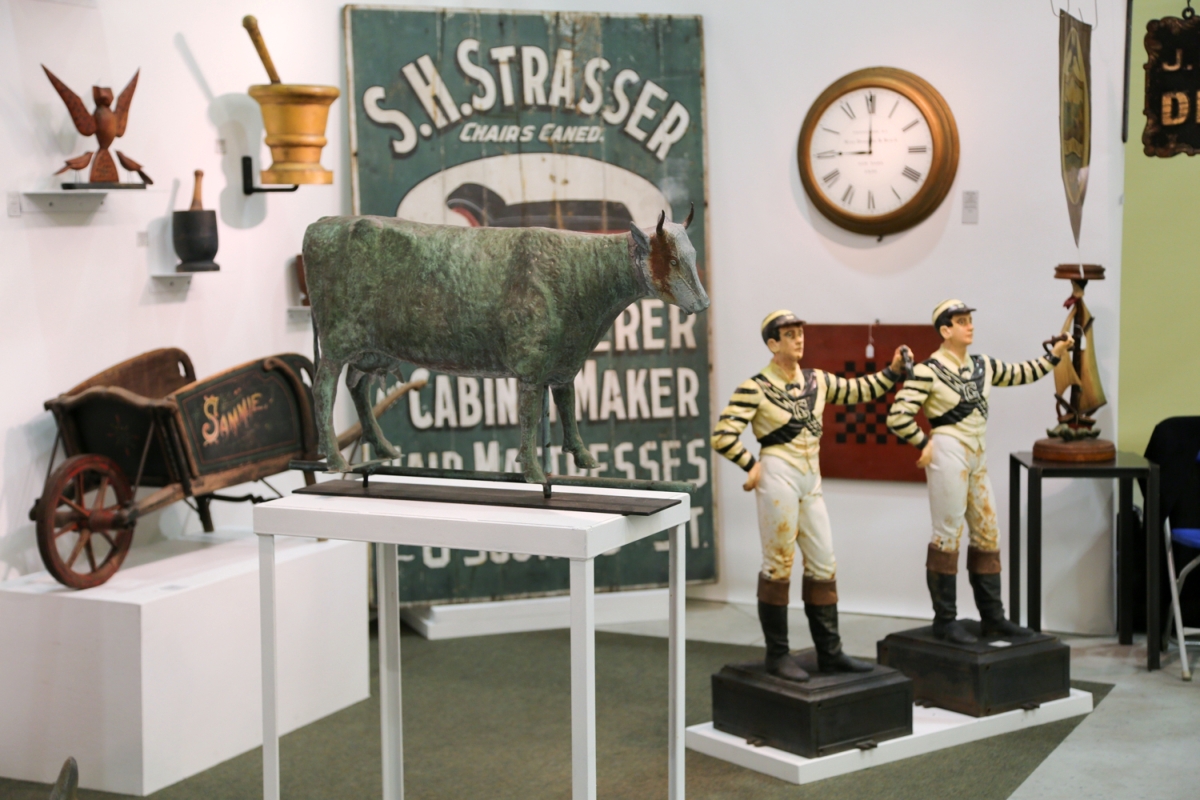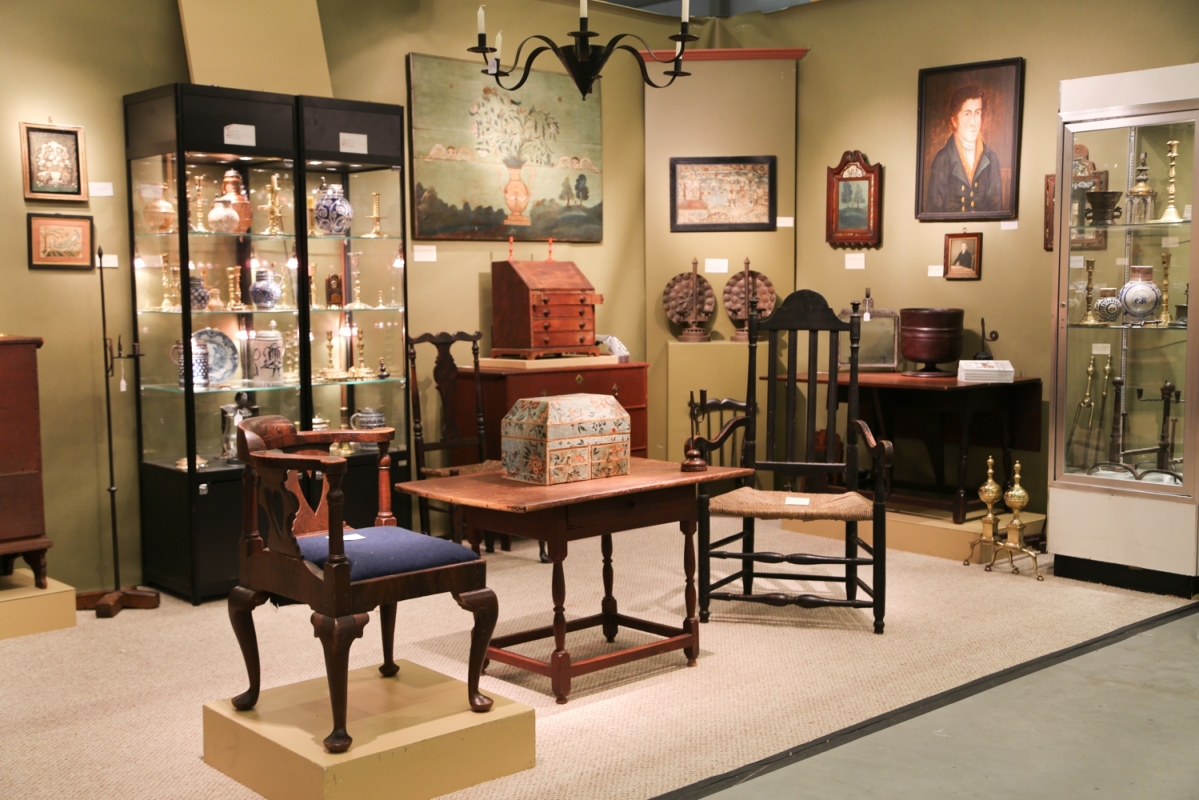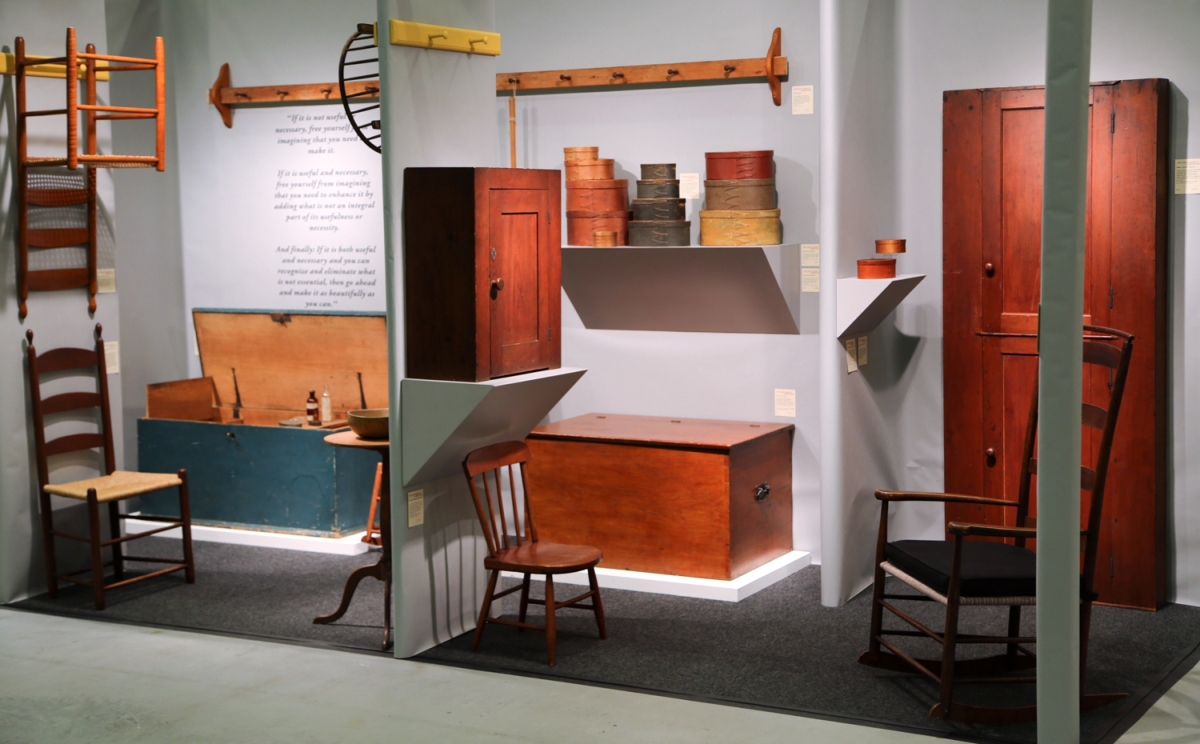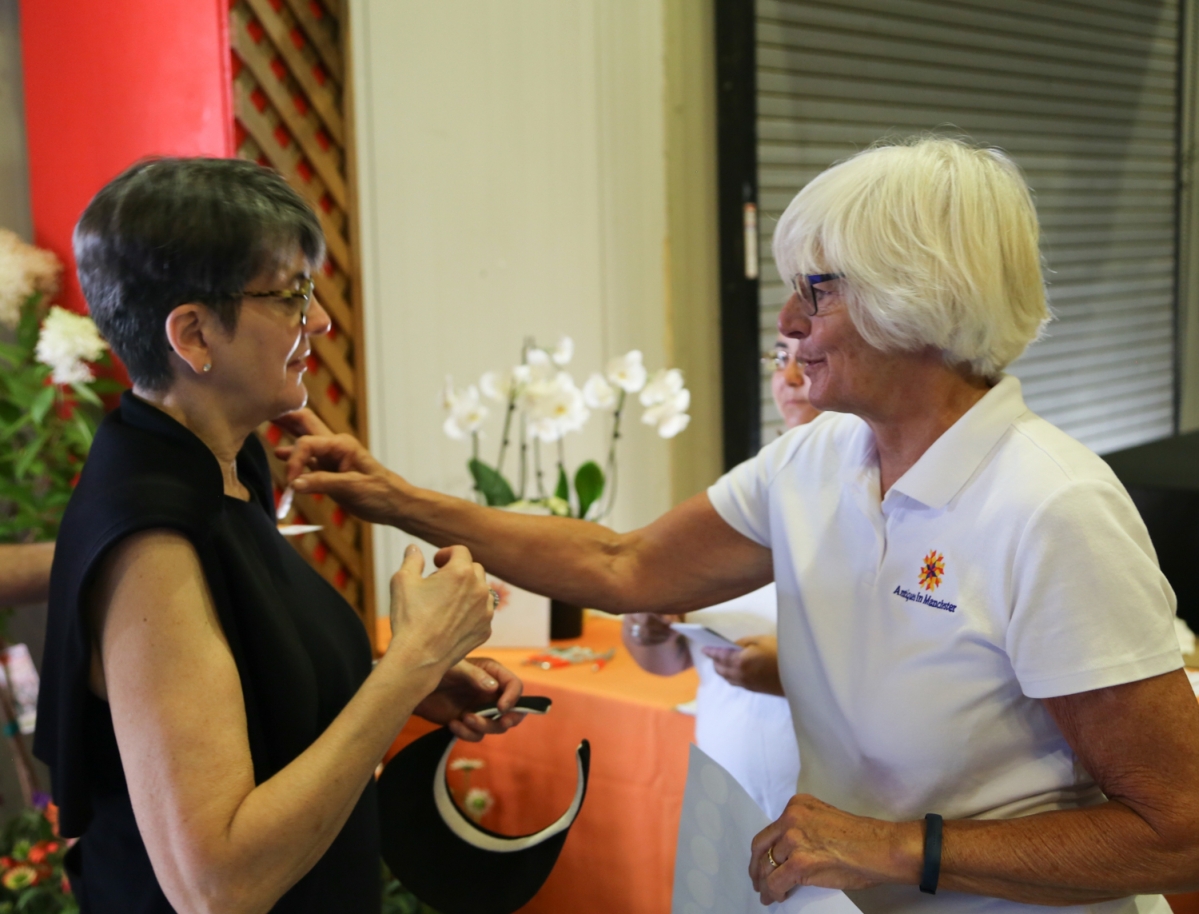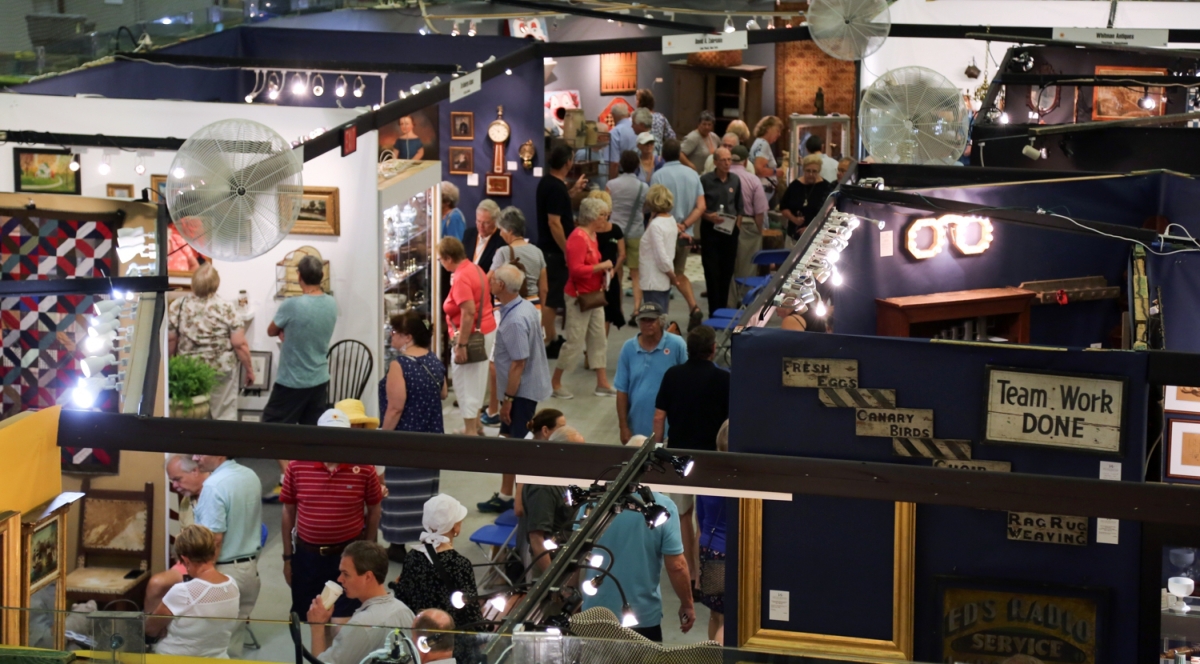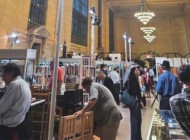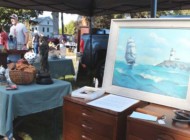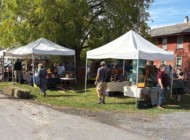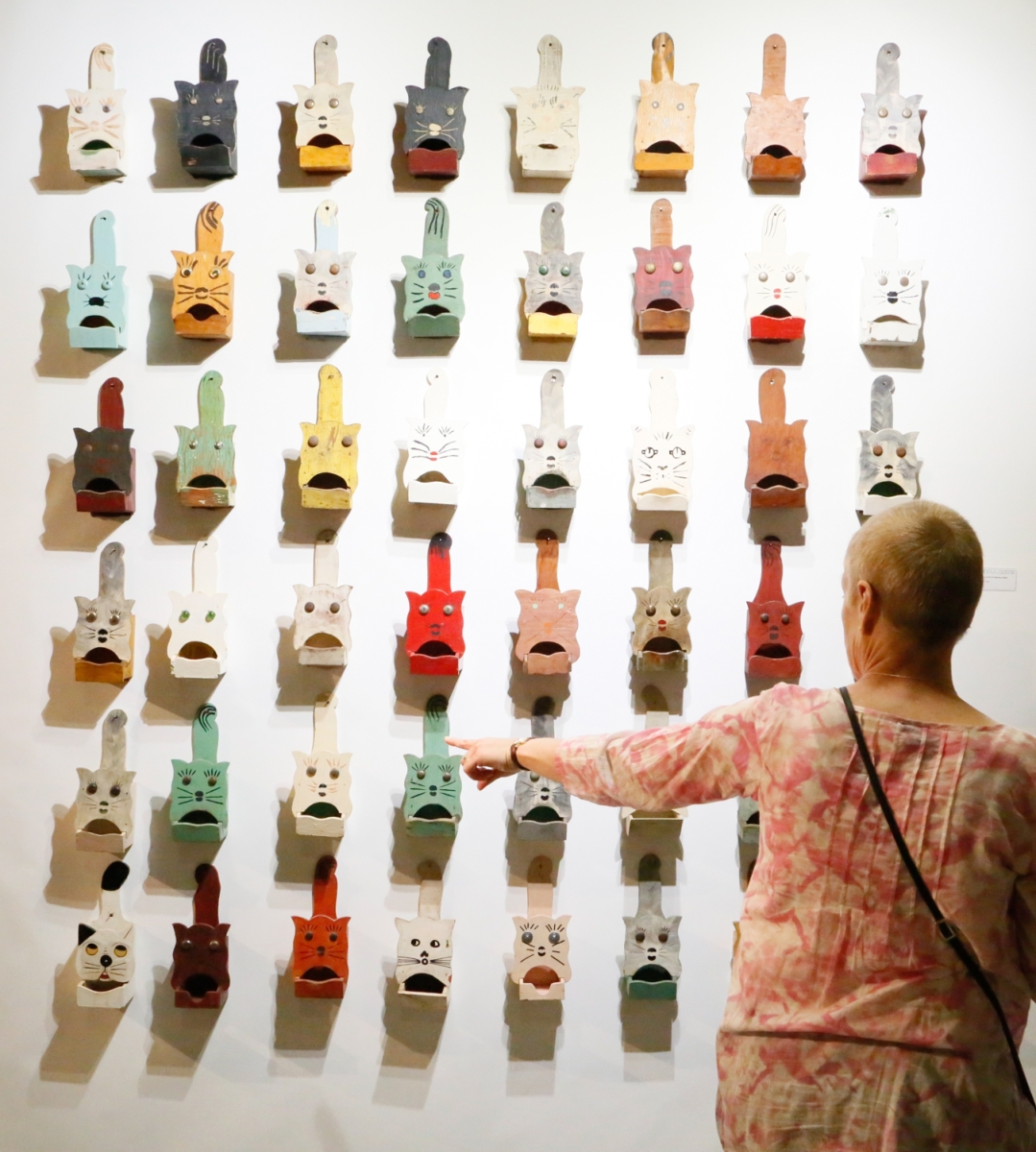
This wall of 48 cat matchbox holders from the 1930s–50s was a real stunner. Steven S. Powers, Brooklyn, N.Y.
Review and Photos by Madelia Hickman Ring, Additional Photos by Greg Smith
MANCHESTER, N.H. – The line started forming at 5:30 am on August 8, when the first buyer showed up to the door of the Sullivan Arena on the campus of Saint Anselm College. By the time the gate opened at 10 am, more than 600 buyers had queued up and the aisles and booths quickly filled, with sales apparent almost immediately. The venue is ideal for a large crowd, with extensive free and close parking, air-conditioning, a café with upscale options and plenty of peripheral seating for visitors to enjoy a break. Now in its seventh year, the two-day show attracts approximately 65 dealers, who bring a broad range of primarily American furniture, folk art and fine art to tempt buyers of every age and budget.
The momentum of Antiques Week gradually builds throughout the week, culminating in the New Hampshire Antique Dealers Association (NHADA) show opening on Thursday, August 9. Speaking after the show, show manager Karen DiSaia said that she thought it had been a “really good” show, the best year in terms of both numbers of attendees and sales. Of the approximately 65 dealers, DiSaia said about eight were new to the show. She saw lots of younger faces and new people, which she thought was a positive trend. She noticed steady traffic throughout both days of the shows and was pleased that the competing NHADA show did not appear to negatively impact sales or attendance on Thursday.
B. Hannah Daniel Antiques, Athens, Ala., was one of the first booths inside the show gate. By noon on the first day, Brenda Daniel had sold several things, including a large table and a folky birdhouse that was inscribed “The Catchers House” along the bottom. Daniel generally exhibits at Southern antiques shows but was enjoying being so far north.
James Lowery, James Wm Lowery Antiques, Baldwinsville, N.Y., was on the other side of the gate and had a steady stream of visitors. On the outward facing wall of his booth was a “Giddap Democratic Donkey” six-block quilt, circa 1931, which Lowery had found in Missouri. Another item of interest was a set of six black painted Connecticut banister-back side chairs from the first half of the Eighteenth Century. It is unusual to have such a large set of such early chairs. By the close of the show, Lowery had sold, among other things, a circa 1780 cupboard in old green paint.
Taylor Thistlethwaite, Glasgow, Ky., is one of the younger dealers in the show, but his booth was as sophisticated as those of dealers twice his age. Holding court in the center of his booth was a Philadelphia Chippendale mahogany tea table with a stunning Staffordshire tri-colored agate teapot, which Thistlethwaite said was made in the mid-Eighteenth Century and a rare early survivor. A comparable example is in the collection of Colonial Williamsburg. It rested on a rare English mahogany salver. In speaking after the show, Thistlethwaite said he had a “really strong show, consistently steady, with more sales Thursday than on Wednesday.” Among items he sold was an architectural element, a Dutch cupboard and a New England candlestand, as well as some “smalls.” At press time, he was still fielding calls from potential buyers with post-show interest.
Adjacent to Thistelthwaite’s booth was that of Samuel Herrup, Sheffield, Mass., who was one of the core group of dealers who had been with DiSaia since the show’s inception seven years ago. Herrup had a varied selection of offerings and sold across the board. One of his sales was a set of six country Chippendale side chairs, in birch with their original dark stain and red gingham slipseats; he had no trouble selling them early on the first day. By the end of the show, Herrup had sold a Queen Anne table, a corner cupboard and several pieces of redware and English pottery. One of the items that garnered considerable interest, though not enough to sell, was a carved and giltwood double-arched crest for a Torah ark that featured rampant lions; Herrup had dated it to late Eighteenth/early Nineteenth Century from Ukraine or Poland. In speaking after the show, Herrup commented on the sense of optimism in the market, that people were buying with enthusiasm, and he was pleased to have made several good sales on the second day of the show.
Norman and Mary Gronning, Shaftsbury Vt., had brought a great selection of furniture and folk art, including an iron counter weight for the Columbian Press, which they had advertised in a show ad and which had a sculptural quality. By noon on the first day, it had sold, as had a show-stopping early Massachusetts highboy that was at the center of their booth. Speaking after the show, the Gronnings reported that they had a “very good show,” also selling a William and Mary chest.
Like the Gronnings, Grace and Elliott Snyder, South Egremont, Mass., specialize in early furniture and decorative objects, including textiles and ironwork. One item that sold early on the first day was a late Seventeenth or early Eighteenth Century box iron that had stylized animal cutout decoration. Other pieces that sold included an important pair of circa 1830 tin sconces, a circa 1550 Flemish brass candlestick, a circa 1750 butterfly table with an old finish and two corner chairs.
Mark Allen, Mark and Marjorie Allen Antiques, Laconia, N.H., has recently innovated with a website that allows viewers to take a virtual tour of his gallery. Allen said it has been a great selling tool outside of shows, but he was clearly enjoying the busy crowd at the show. Of interest in his booth was an early Nineteenth Century portrait of a young boy with a bubble pipe. Allen attributed it to Connecticut.
Jeffrey Tillou, Litchfield, Conn., had an unusual circa 1900 relief-carved panel that he attributed to New York. The scene depicted woodland animals in a charming, folky manner. Tillou said these panels were extremely rare and nearly all were found in New York or New England. Speaking after the sale, Tillou commented, “we had a good show, bought and sold well, and had a great time getting to see folks we don’t always get to see.”
This writer did a double-take in the booth of James M. Kilvington, Dover, Del., at the sight of a diminutive Philadelphia veneered Queen Anne lowboy that Kilvington said he had acquired from a Delaware estate. It was of such petite size – the height was not identified on Kilvington’s label, but it was probably not much more than 2 feet tall – that it made the Tiffany candlesticks sitting on top appear larger than they were. Kilvington made a couple of sales within the first hour of the show opening, and by the close of the show had sold a pair of balloon seat chairs, a weathervane, quilt, a tea table and a set of four sterling candlesticks, with post-show interest in the diminutive lowboy.
Miniature furniture is a perennial favorite among collectors, and a late Nineteenth/early Twentieth Century Queen Anne-style grain-painted highboy found in Vermont warranted a closer look in the booth of Falmouth, Mass., dealers Hilary and Paulette Nolan.
Furniture made in New Hampshire seems an obvious choice for a New Hampshire show, and Don Heller, Heller Washam Antiques, Portland, Maine, brought a New Hampshire-made showstopper. The spectacular late Eighteenth Century tiger maple tall chest attributed to Hopkinton, N.H., cabinetmaker David Young stood out with a stylized peacock-carved top drawer and a drop-pendant that Heller said was “textbook” Young. While Heller did not sell it during the show, he said he had a lot of interest and was optimistic he might sell it afterwards. Some of the things Heller did sell were a Silas Parsons New Hampshire tall case clock, circa 1800, with original finish; a very detailed, large cast iron figure of a setter dog with a woodcock from the Wood and Perot foundry of Philadelphia, circa 1857-65 and a Hartford area Queen Anne tray top tea table that Heller had advertised in a show ad.
Federal furniture has enjoyed stronger markets in past years, but it was still selling at the Manchester show, as exemplified by Christopher Settle, Newton, Mass., who found a demand for early Nineteenth Century furniture. He sold a New Hampshire Sheraton wing chair, a circa 1810 New York state tiger maple server with an old surface and a Federal card table, attributed to Samuel McIntyre of Salem.
The lazy, hazy days of summer may be quickly passing, but garden and patio furniture still sells. One of the early sales with RGL Antiques, Pittstown, N.J., was an eight-piece patio suite by the Trudo Manufacturing Company of Waltham, Mass. In a dark lime-green color, the set was advertised as “Everlasting Comfort” and had only minor wear.
Daniel Olson, Daniel and Karen Olson, Newburgh, N.Y., was flying solo this year as Karen had recently undergone surgery. Olson said she was recuperating nicely. He has several shows on the immediate horizon, including Brimfield, York and Okemo. By midmorning on the first day, red tags were spotted in his booth, including on an oversize hatbox.
Like many dealers, Peter Eaton, Newbury, Mass., did better with decorative objects and small furniture than case furniture. When contacted after the show, Eaton said he had sold two candlestands, a bannister-back chair and some smalls. He reported speaking with the show’s shipper, who he said thought that the most stuff going out was small “stuff.”
Primitive folk portraits were in abundance at the show. Among those most prominently displayed were a pair of portraits of a gentleman and a lady attributed to the Prior-Hamblin school, in the booth of Wilmarth’s Tin Cat Antiques, Amarillo, Texas; a full-length portrait of a young girl with a dog in the booth of Derik Pulito, Kensington, Conn., who attributed the painting to Newburyport, Mass., circa 1850. David Good, Camden, Ohio, had – and sold – a large circa 1830 Kentucky portrait by Horace Harding.
A Bird In Hand, Florham Park, N.J., advertises as specializing in American antiques “that make people smile,” and they didn’t disappoint, selling among many smile-worthy things, two weathervanes, a fish and a rooster, the latter of which had been in a private collection since 1935. Specialists in Grenfell mats, they sold one with only two known related examples, both of which are in museum collections. After the show, Ron Bassin said it had been their best Manchester show to date. Bassin hoped to find a buyer after the show for another one of their showstoppers, a 16-inch Charles Hart penguin.
The majority of booths were set up to imitate rooms, to give prospective buyers the ability to visualize how objects would look in the home. While this approach is imminently popular among most dealers, some booths were simply so full of objects that the variety could be overwhelming.
One dealer who opted for the “less is more” booth aesthetic was Chuck White, Warwick N.Y., who had opted to bring fewer things and present them in a manner that allowed for everything to be seen and seen to its best advantage. This writer felt the minimalist look of White’s booth presented objects as works of art – which many were! – and was a pleasant alternative to room-style booths. By noon on the first day, White had sold a few things, including a horse weathervane, a pair of life-sized black painted recumbent dog statues and a game wheel.
The minimalist aesthetic of Shaker design was also played up in the booth of John Keith Russell, South Salem, N.Y., who does just two shows a year, but his other show is the art fair powerhouse, Design Miami/Miami Basel. He is one of only a very small number of “historic” dealers at Miami, but says the clean lines and purity of design appeals to younger buyers, many of whom collect modern or contemporary art. Among the items he sold at the Manchester show was a two-door cupboard, New Lebanon, circa 1890 that was only about 6 inches deep.
Steven S. Powers’ booth had a very modern feel to it, despite the plethora of antiques inside. Of particular note was a set of 48 cat-form matchbox holders, circa second quarter Twentieth Century, that made for a dynamic presentation along the outside wall of his booth. The Brooklyn, N.Y., based Powers is perhaps best known for his expertise in native burlwood and treen objects; he brought several wonderful examples to the show.
Another eye-catching wood carving was a concert hall architectural ornament placed at the center of Sheridan Loyd’s booth. The St Louis, Mo., dealer had dated it to the late Eighteenth or early Nineteenth Century and thought it would have been placed over the doorway of a concert hall.
Often, great things come in small packages, and showgoers are well-advised to take their time looking. Quiet Corner Antiques, Sterling, Conn., featured a miniature domed lift-top box with smoke-decorated design and painted flower panel top and front. It might have been easily overlooked had Michael and Monique Rouillard not opted to place it on a pedestal just outside the entrance to their booth.
The diminutive nature of Elle Shushan’s stock demands that showgoers step inside her booth for a closer look. The Philadelphia-based dealer had papered her booth in a mustard-yellow paper embellished with a decorative fabric trim running through the wall, imitating a chair rail. The color of the paper set off her jewel-like pieces, several of which Shushan had sold by mid-morning. After the sale, Shushan said she did “fine, and had no complaints at all.”
Other dealers specializing in a relatively small collecting category were Old Saybrook, Conn., dealers, Stephen and Carol Huber. One of the pieces Carol was particularly pleased to have was a dated 1660 rare stumpwork coat of arms of King Charles II. The Hubers had handled it 30 years previously and had recently reacquired it.
Another work, of similar vintage and particular rarity, was William Penn’s father, Admiral William Penn’s, purse, which was part of the suit of finery he ordered in May of 1660 in preparation for King Charles II’s return to England. In speaking after the show, Stephen Huber said, “The Antiques in Manchester, The Collectors Fair has always been a good show for us, and this year was no exception. We sold several sampler and silk embroideries, and as always, the show was really enjoyable to do. Karen and Ralph are unfailing pleasant and create a wonderful environment for the show. But the best thing, is the strong attendance and seeing so many old friends and meeting new ones.”
Dealers specializing in porcelain and ceramics offer a refreshing change from furniture and folk art on offer in greater variety throughout the show. Maria and Peter Warren Antiques, Sandy Hook, Conn., brought a strong selection of Staffordshire, including two unusual and rare pairs of greyhounds, and a circa 1765 Whieldon-type covered coffee pot. Maria Warren said pieces of such quality are hard to find in the United States and that she acquires many of her Staffordshire pieces from London, where pieces are easier to find. Also drawing interest in Warren’s booth was a charming portrait of a young girl in white, holding a white dove.
Early Twentieth Century ceramics – particularly art pottery – are a specialty of Michael Hingston Antiques, and his booth had an entire case full of beautiful turned vessels and plates, many attributed to such makers as Roycroft, Rookwood, Newcomb College and Van Briggle, to name just a few. Hingston was the only dealer from Manchester, N.H., at the show. Also, David Good reported selling a New York City stoneware vessel with incised blue decoration by Remy.
One of the most unusual items in the show was a late Twentieth Century burl telephone in the booth of Aarne Anton/American Primitive, New York City. It was not plugged in, but Anton assured this writer that it was in working condition. In this day and age, when landline phones seem increasingly rare, the phone had wonderful nostalgic appeal.
Folk art made from repurposed objects have a particular charm and none was more evident than a small Tramp art-framed picture of a horse in the booth of Cottage + Camp, North Egremont, Mass. What made this picture of a horse so unusual was that the body of the horse was made entirely of small white buttons.
The showstopper in the booth of Collette Donovan, Merrimacport, Mass., was, without question, an appliqued and embroidered table mat that she referred to as a “masterpiece of textile folk art.” It had been illustrated in Patricia Frost’s Collecting Textiles and, at press time, Donovan said she still had post-show interest on it. Like many dealers, she praised the show management and, having sold across the board, was delighted to say it was the best show she had ever done in Manchester.
Melvyn and Bette Wolf, Flint, Mich., are the preeminent pewter dealers in the country and always bring a lot of inventory to fill out a large booth. When reached after the show for comment, Melvyn Wolf said the show was good and they did fine, with very good sales across the board. Wolf said his best sale was a fine late Eighteenth Century chalice by Peter Young, of Albany, N.Y. Wolf had included it in an ad for the show, which gave it advance exposure.
Whitman’s Antiques, Flourtown, Penn., specializes in antique metalware. Margaret Whitman sold a number of early paktong pieces and early brass, as well as a six-light chandelier. She commented that the buyers were very well informed and knew what they were looking at.
Native American works were present in limited number, as was jewelry. Jennifer Fuehr, American Spirit Antiques, Shawnee Mission, Kan., had a large supply of Navajo turquoise jewelry, which Fuehr said she is able to sell anywhere, not just in the Southwest. When asked what form sells the best, she said one can never have enough bracelets, but that earrings and necklaces are in high demand as well.
Few booths specialize solely in paintings, so the booth of David and Donna Kmetz, Douglas, Mass., stood out. They brought primarily landscapes, which attracted a seemingly nonstop stream of showgoers. When reached for comment after the show, Donna said it was her first show anywhere in New Hampshire, praised the organization and energy of the show and said she had a great turnout. She made some new connections with local and out-of-state buyers and was looking forward to going back next year.
Show manager Karen DiSaia and her husband, Ralph, own Oriental Rugs, Ltd, Niantic, Conn., but as show managers, are usually too busy to speak to showgoers so had little expectations of making any sales. In speaking afterwards, DiSaia said they had sold and were pleased.
For additional information, www.thecollectorsfair.com.

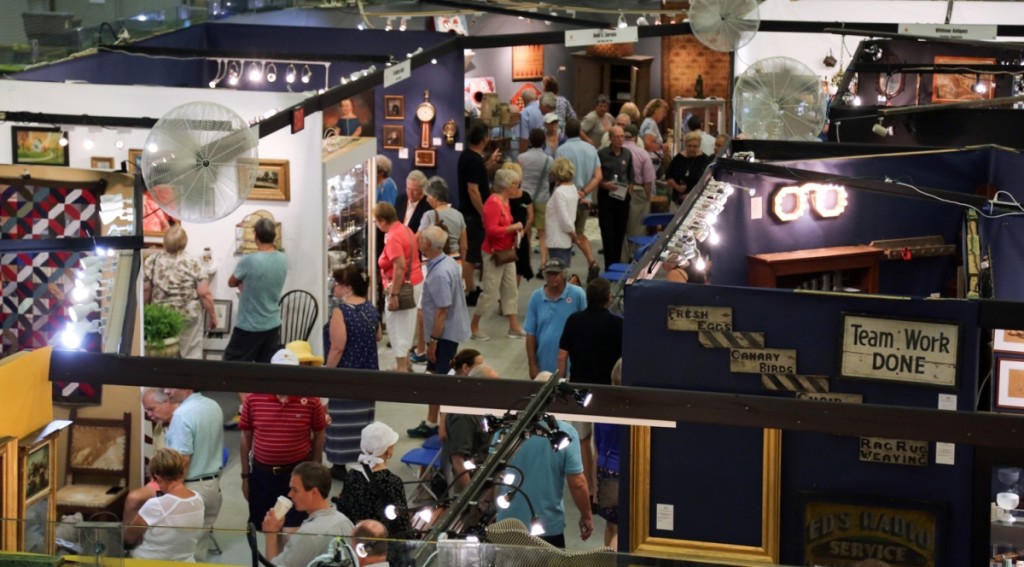
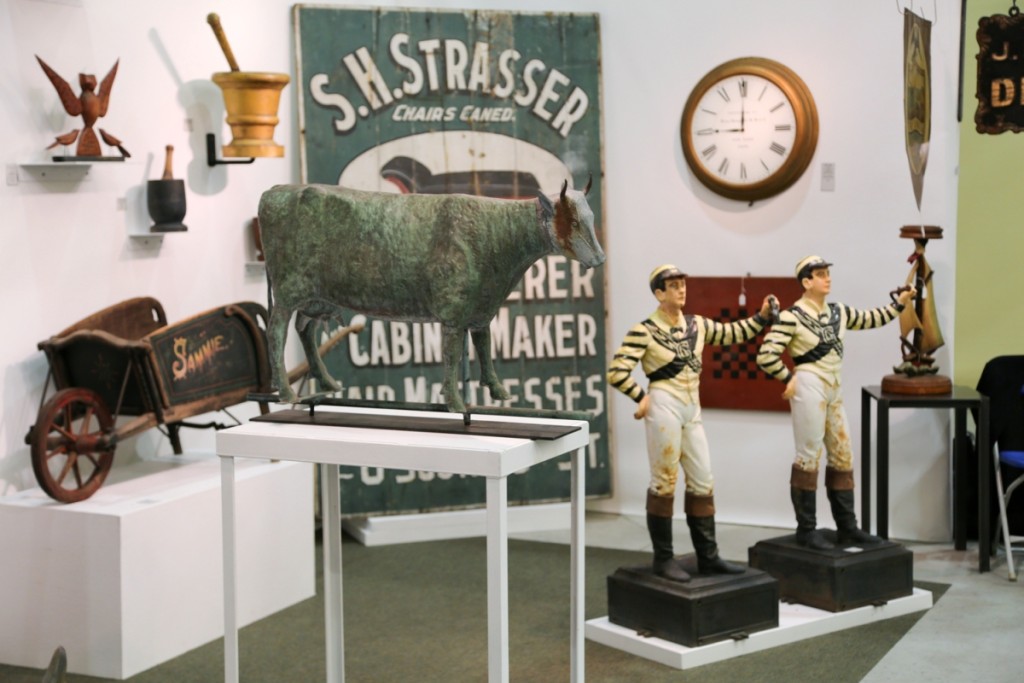
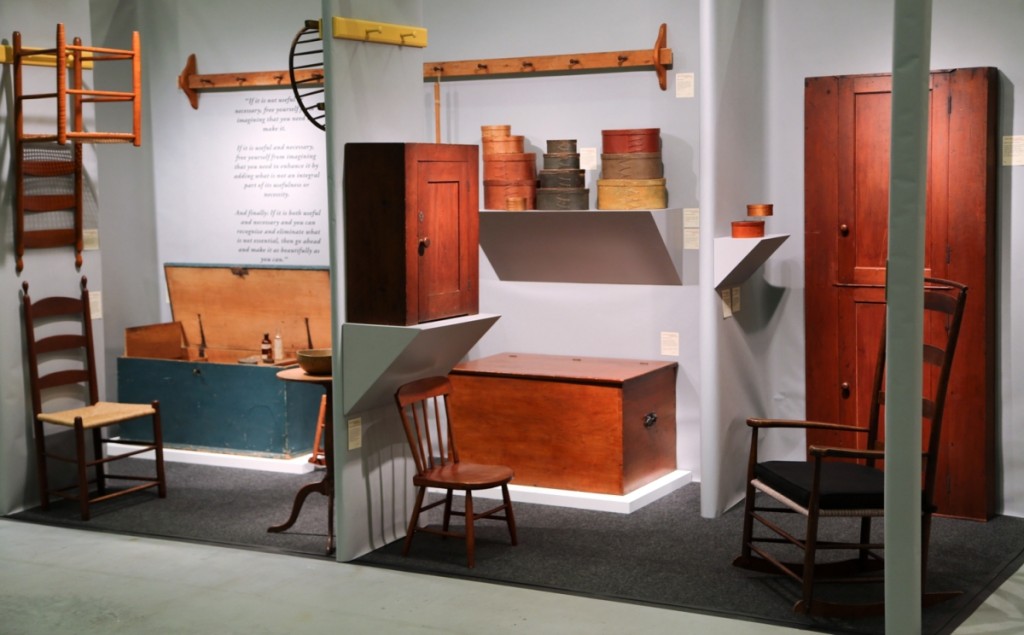

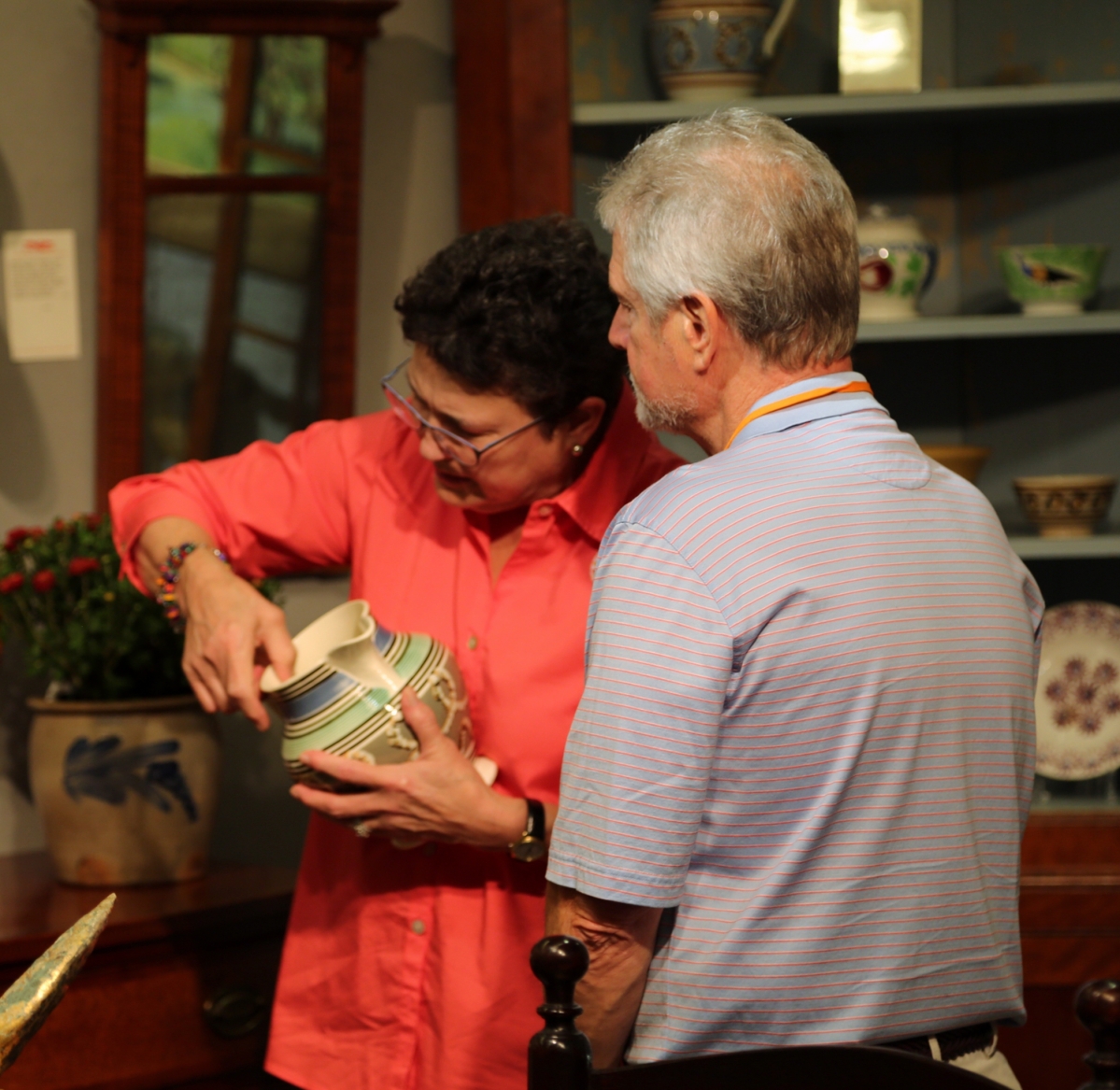
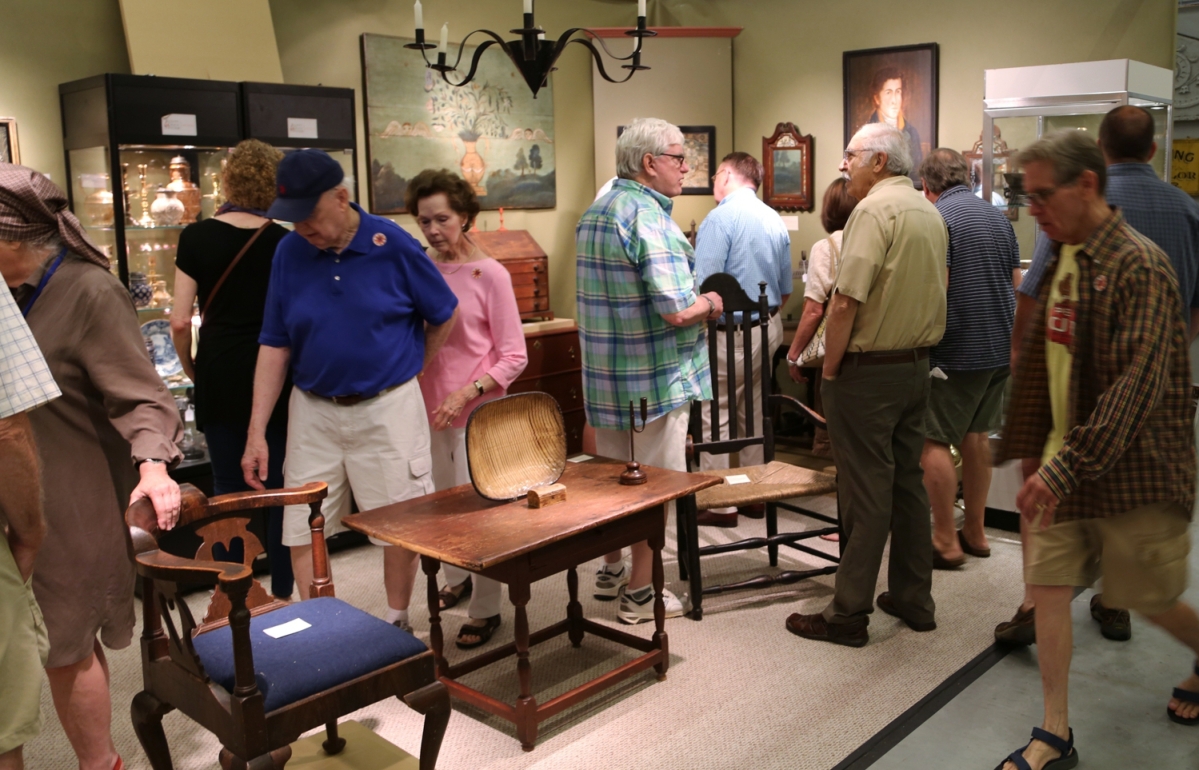
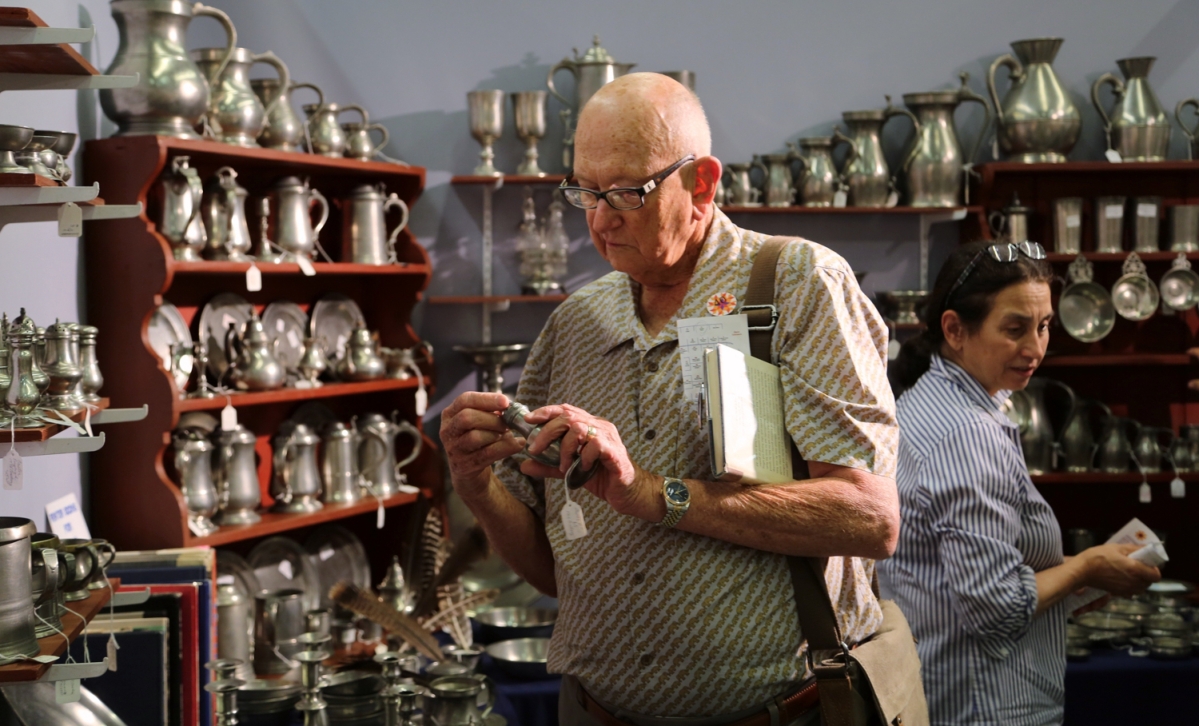
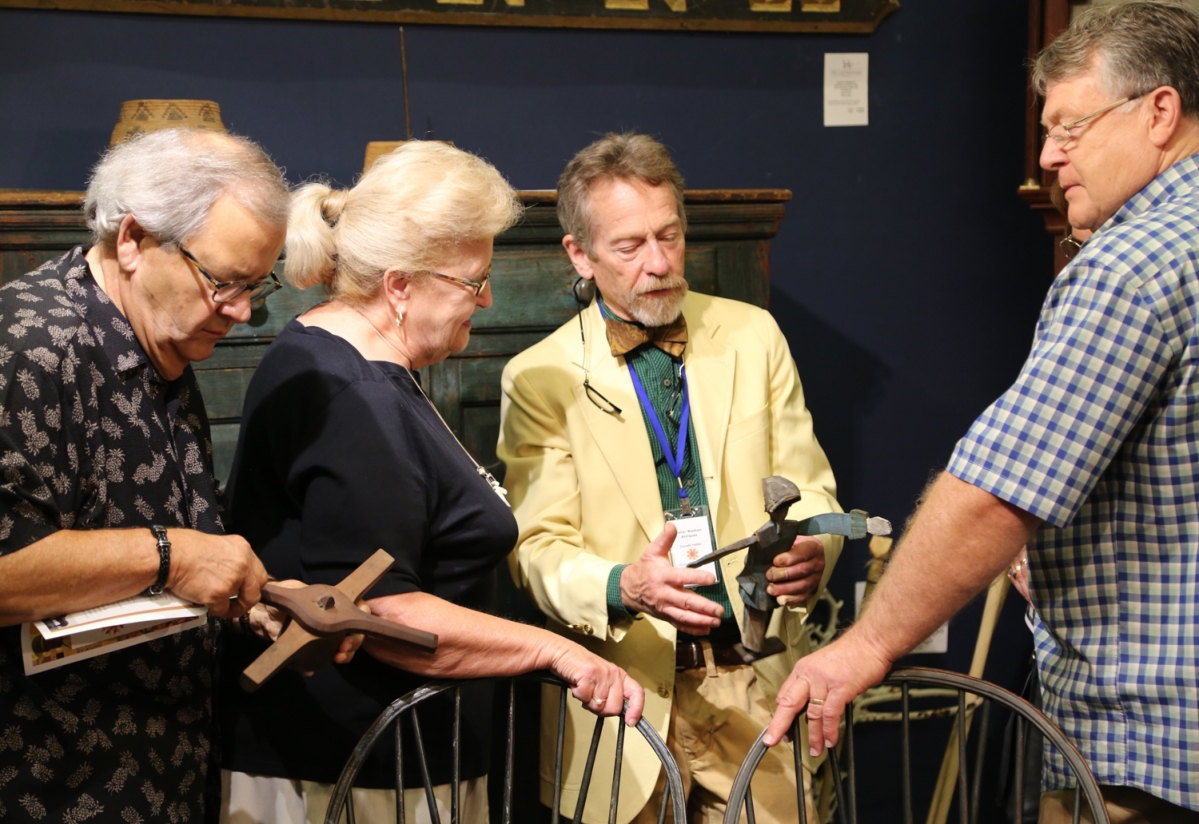
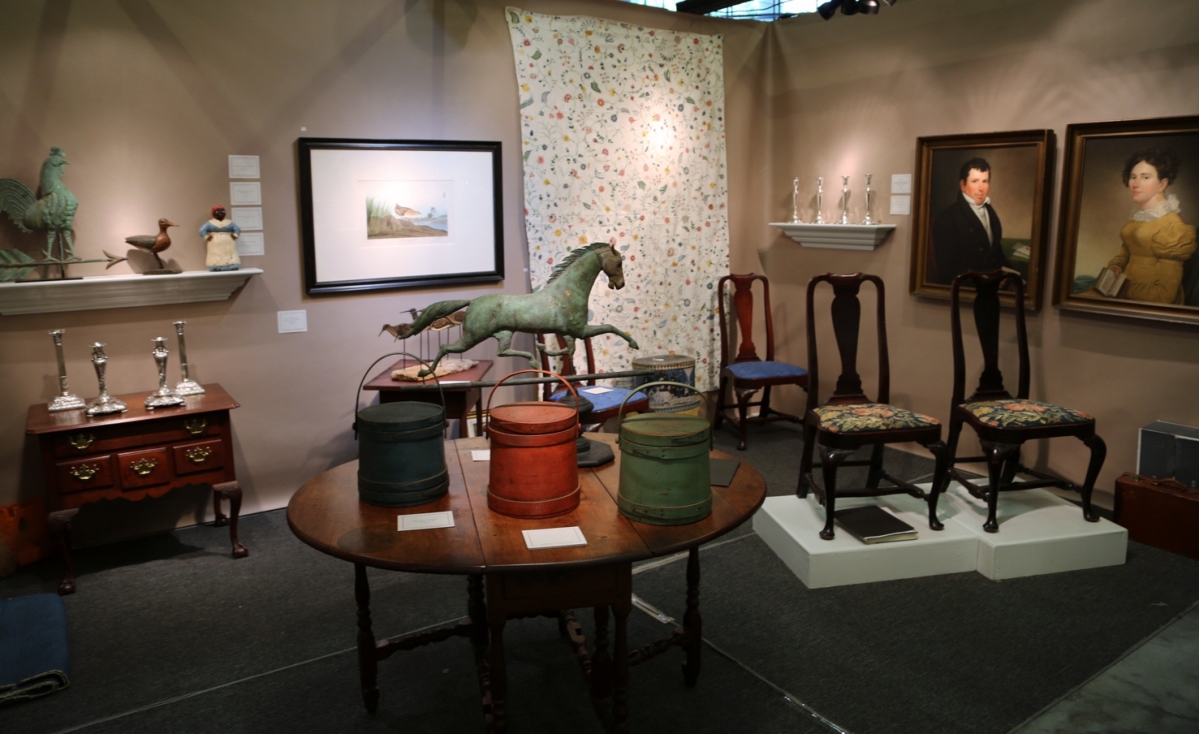
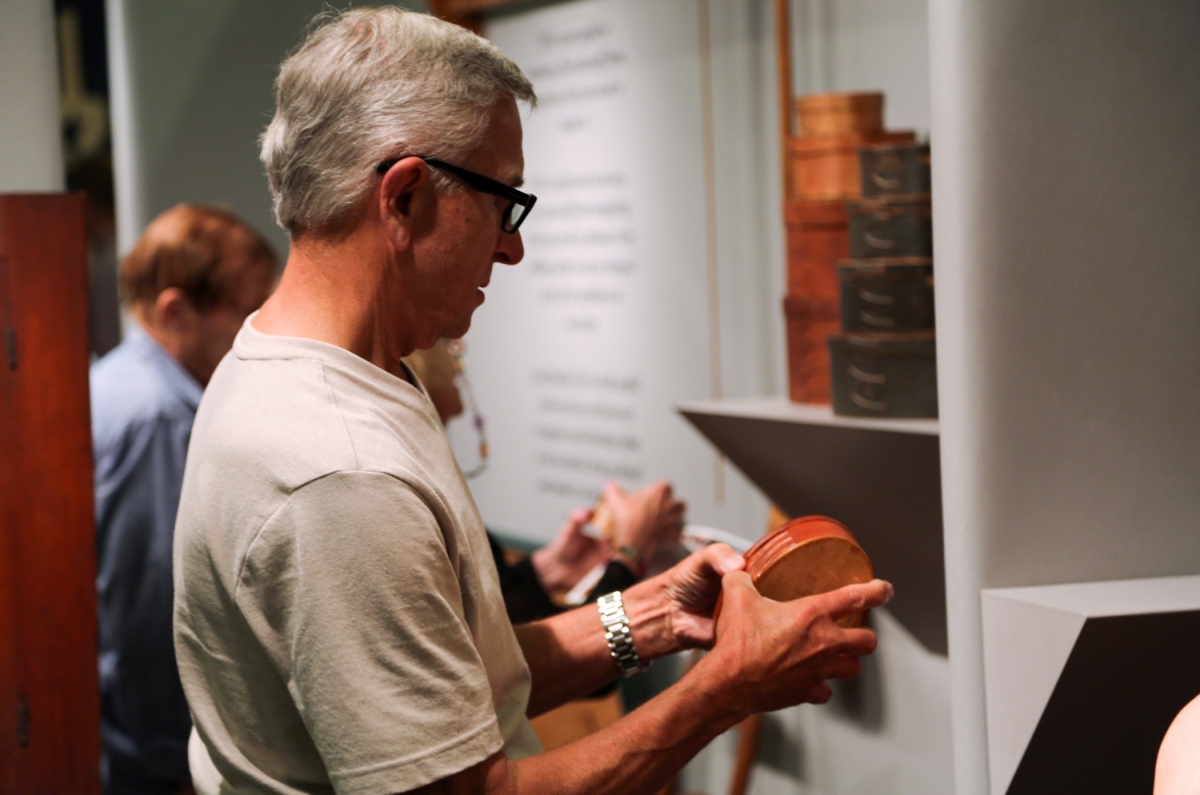
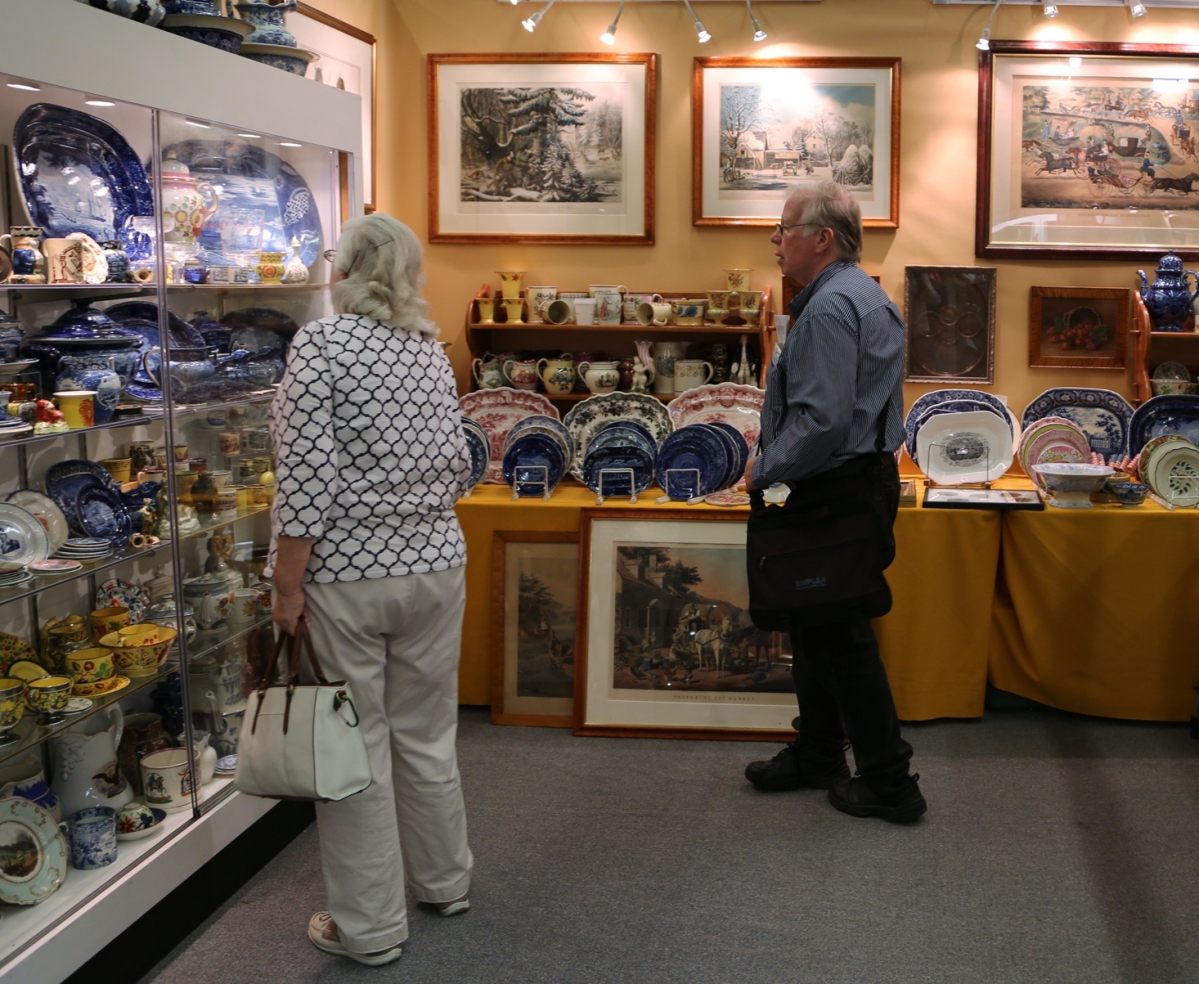
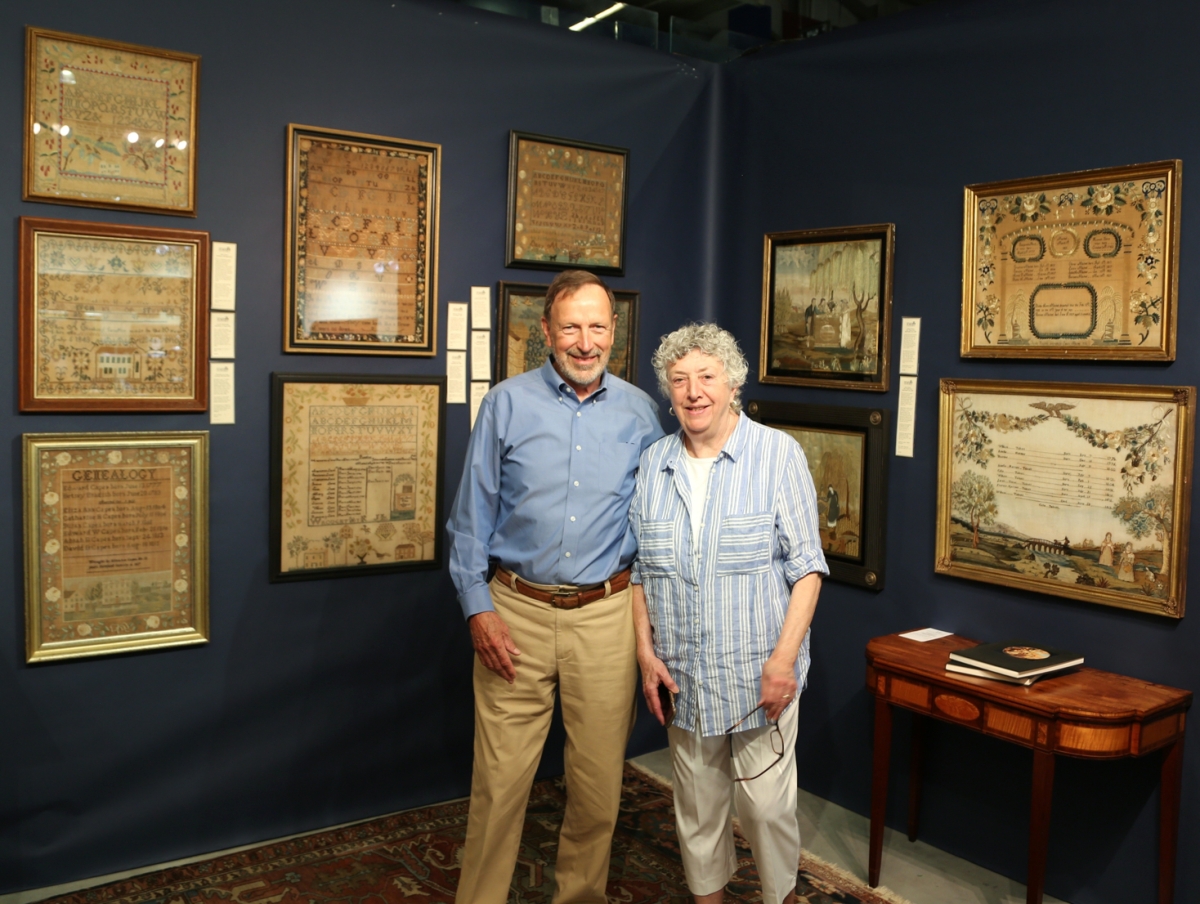
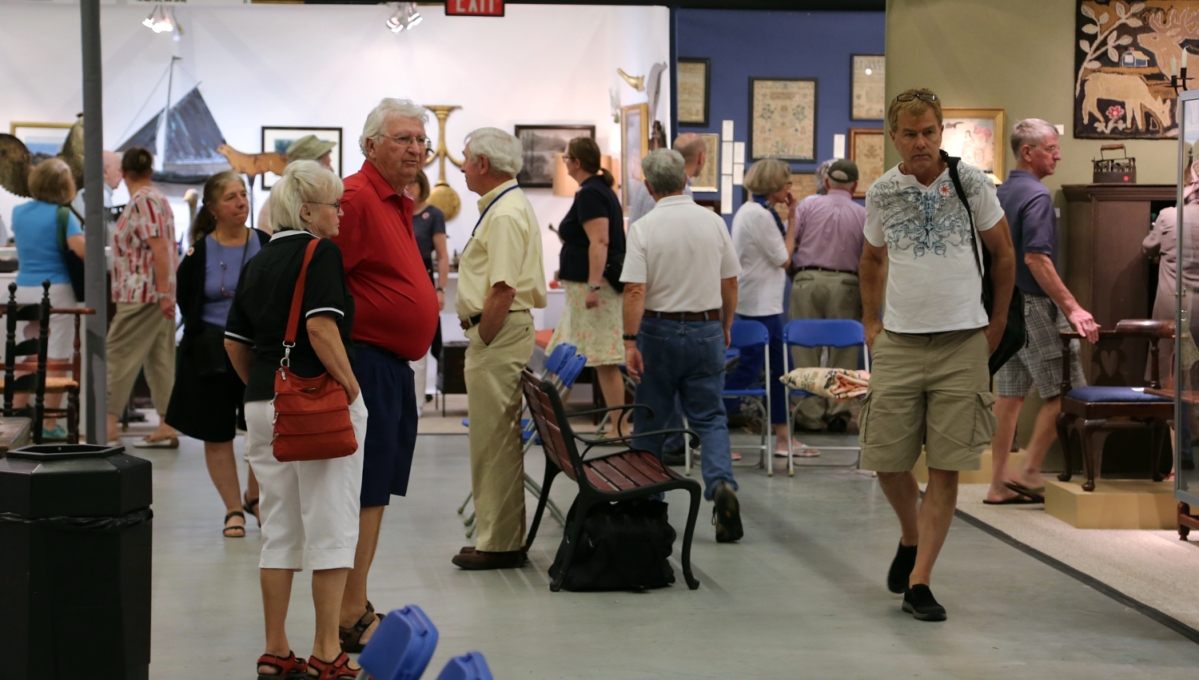
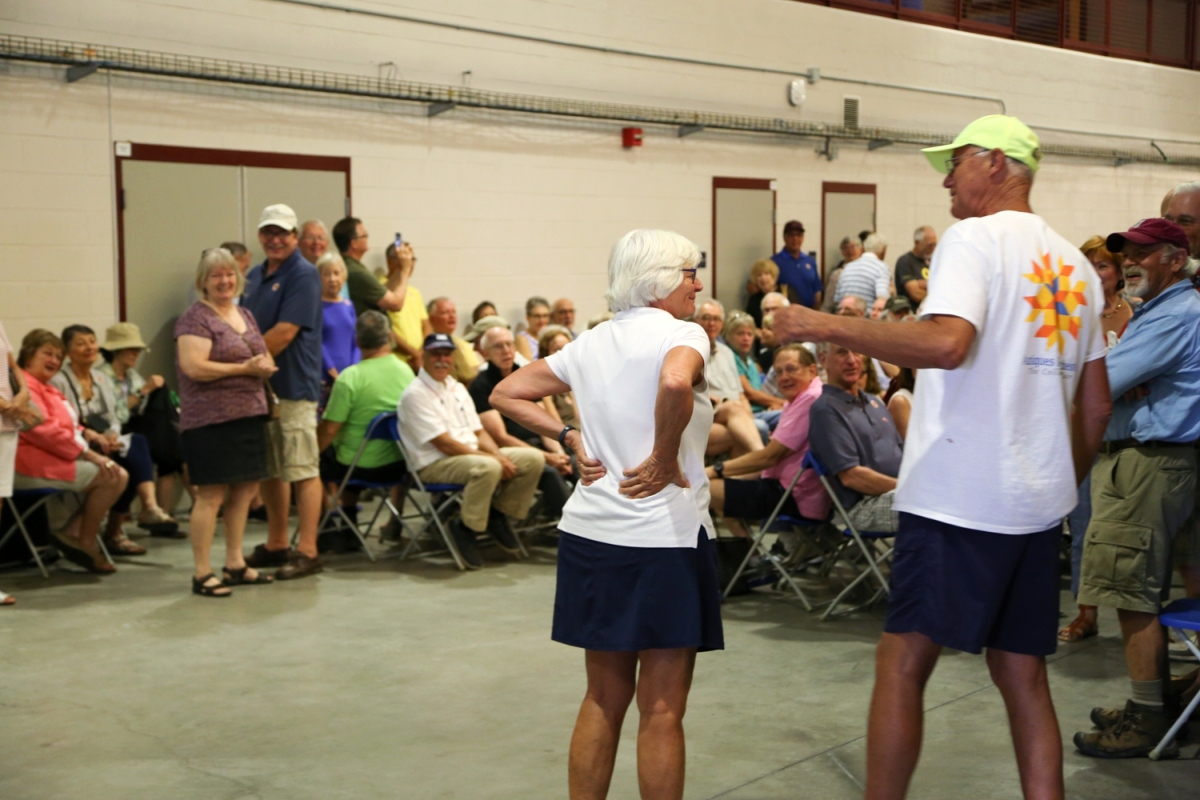
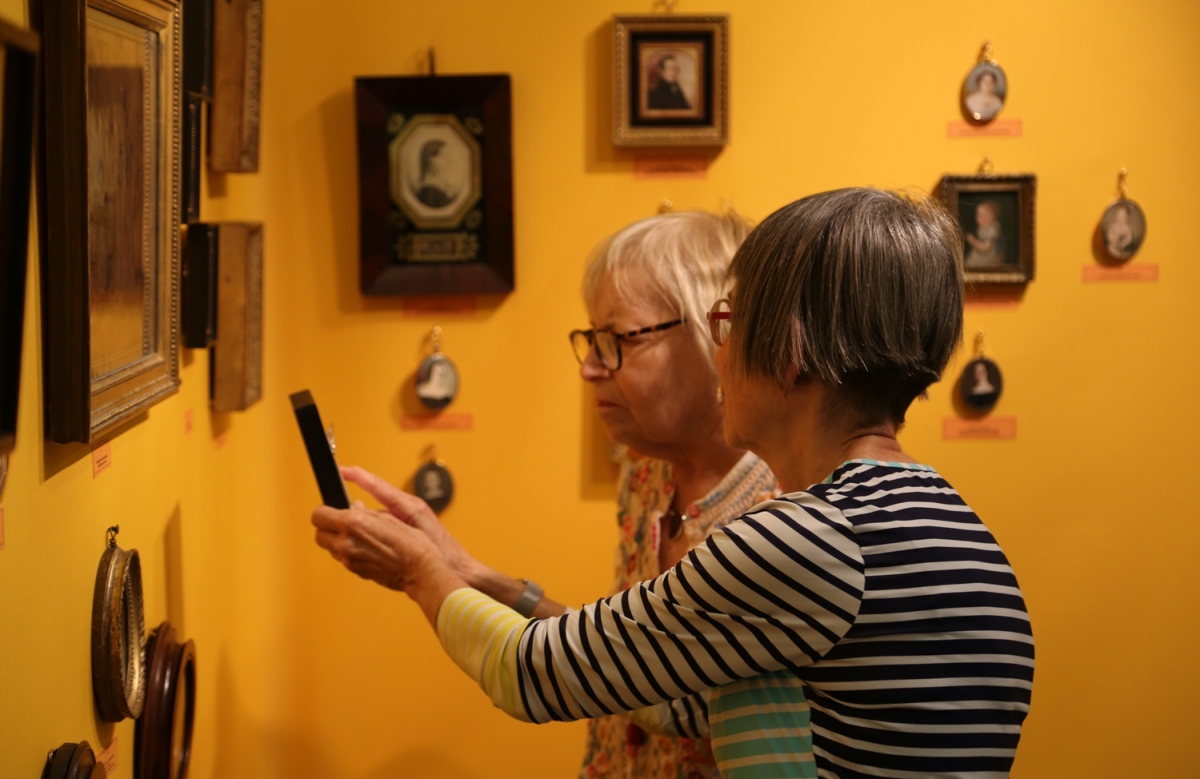
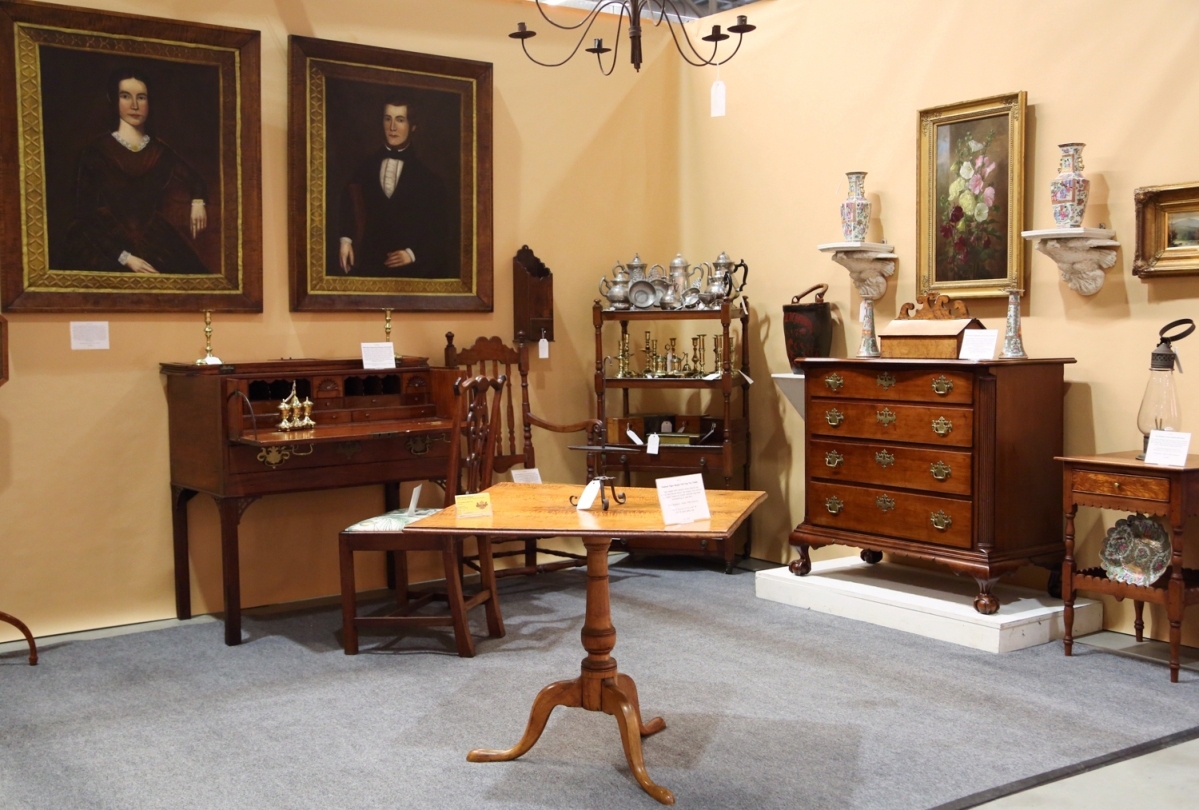
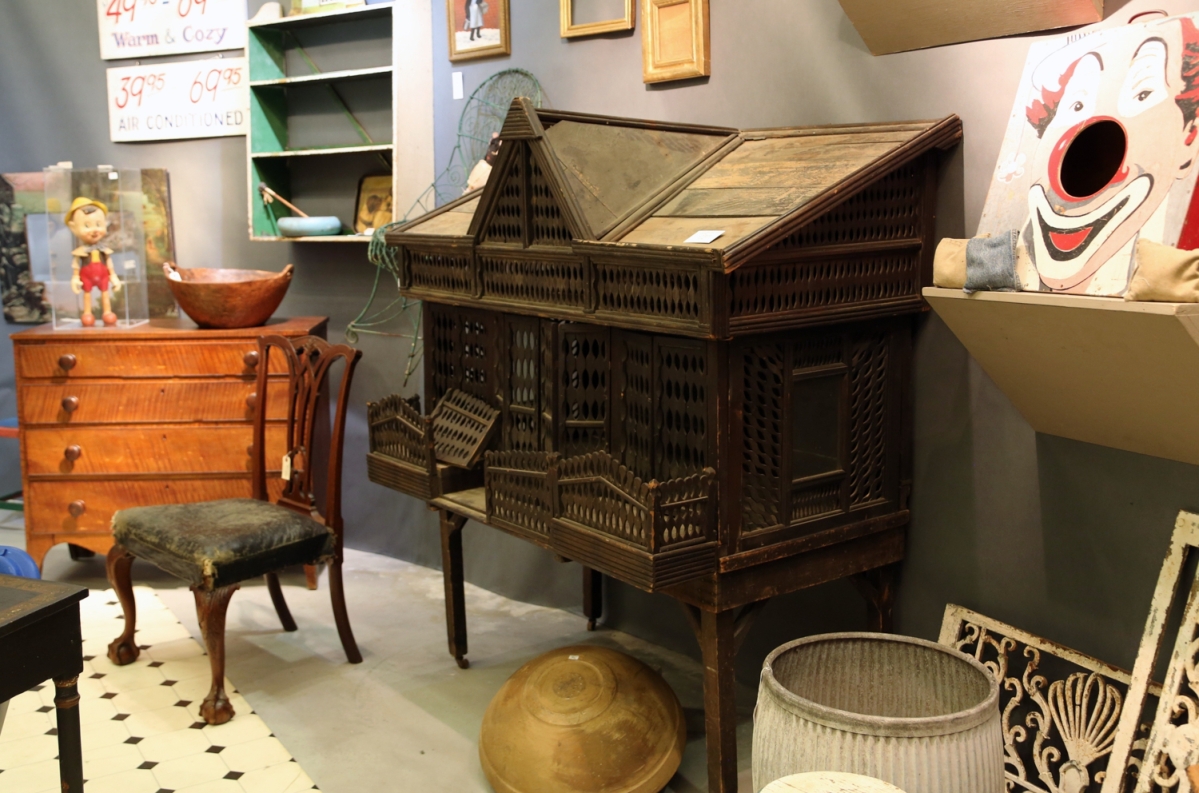
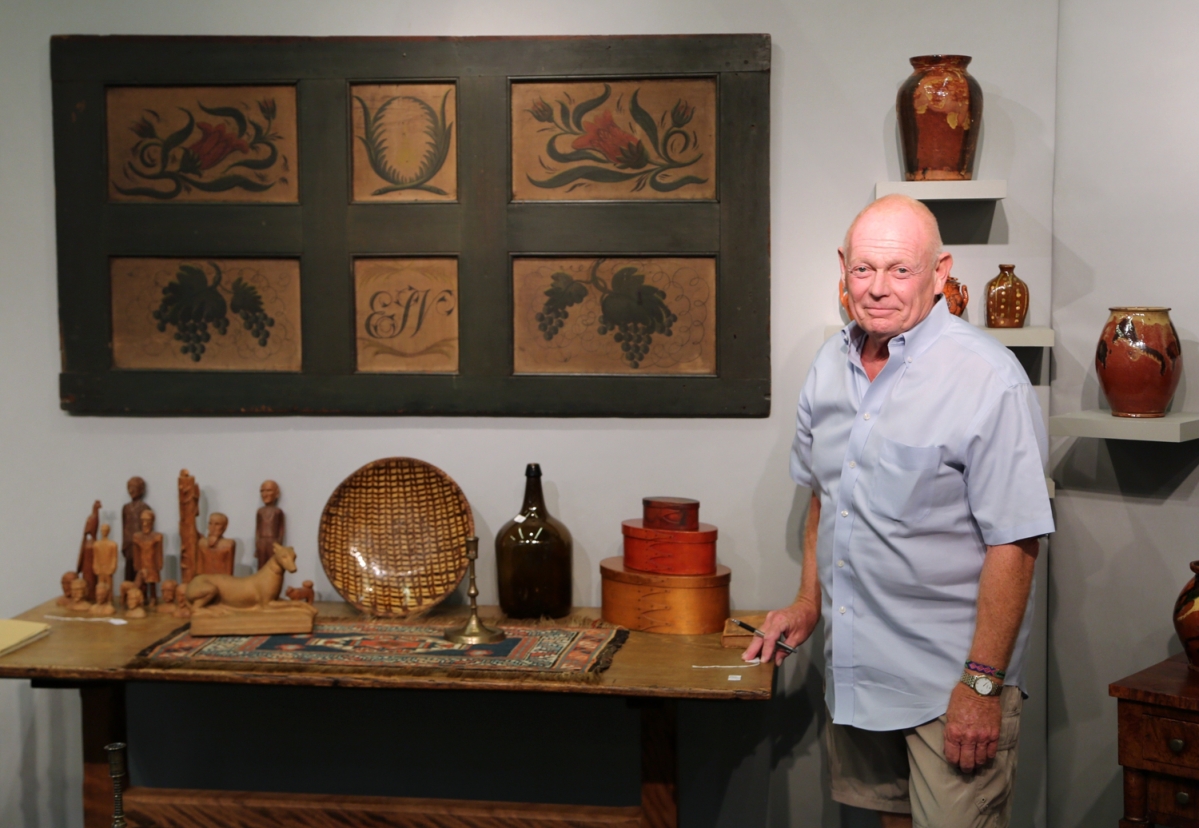
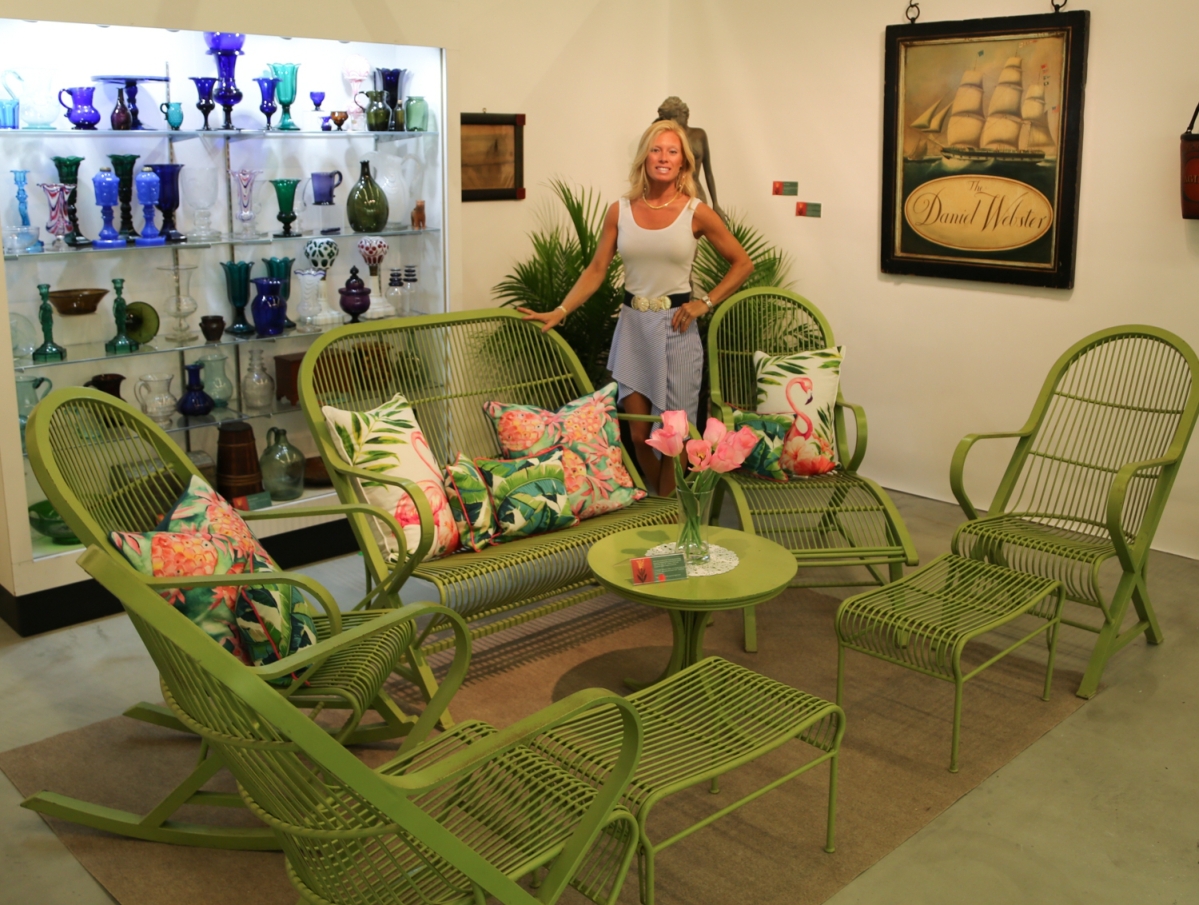
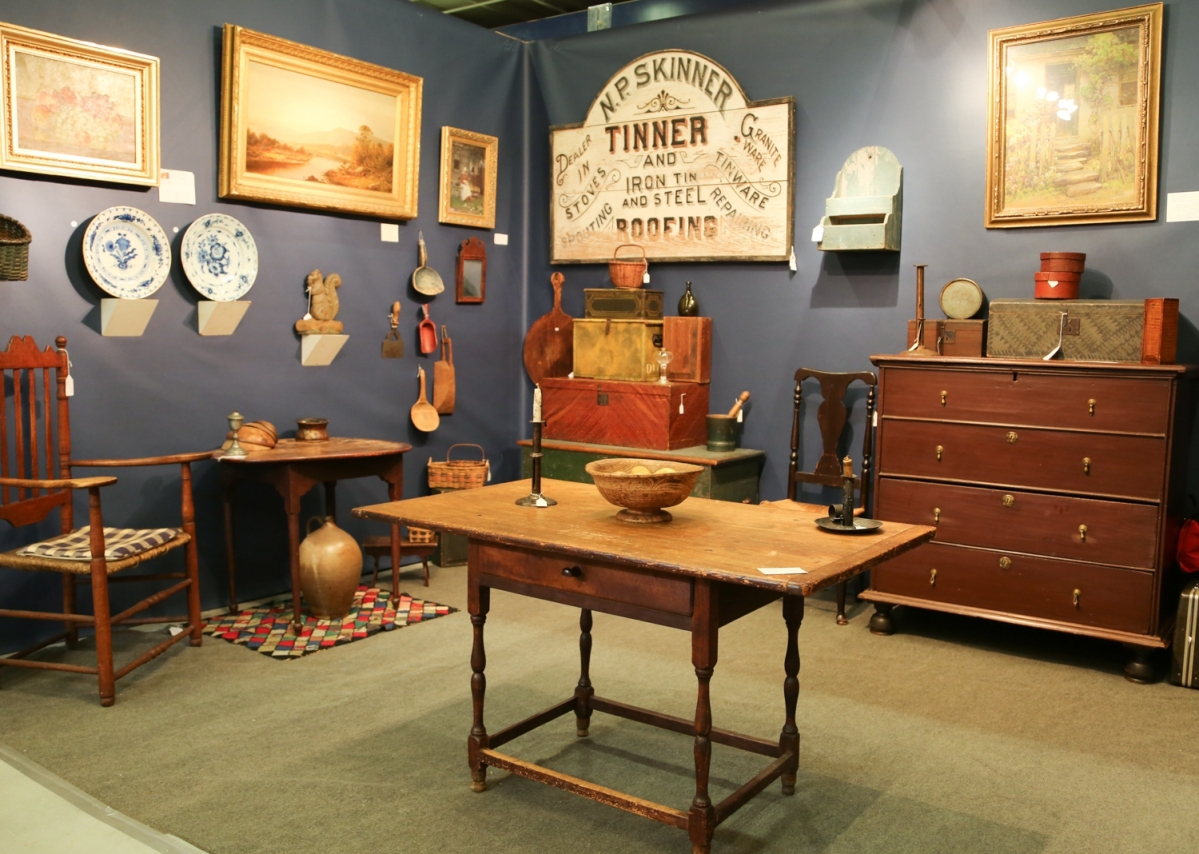
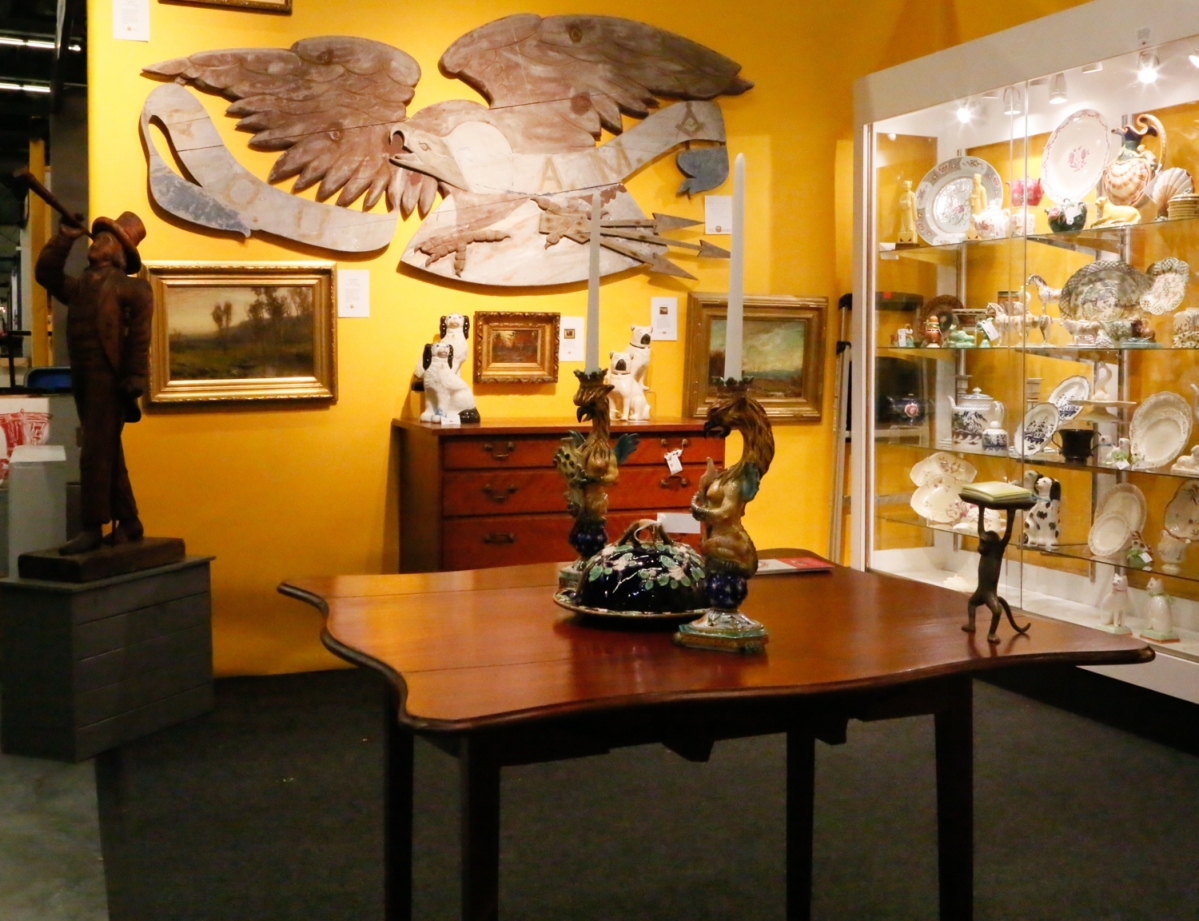
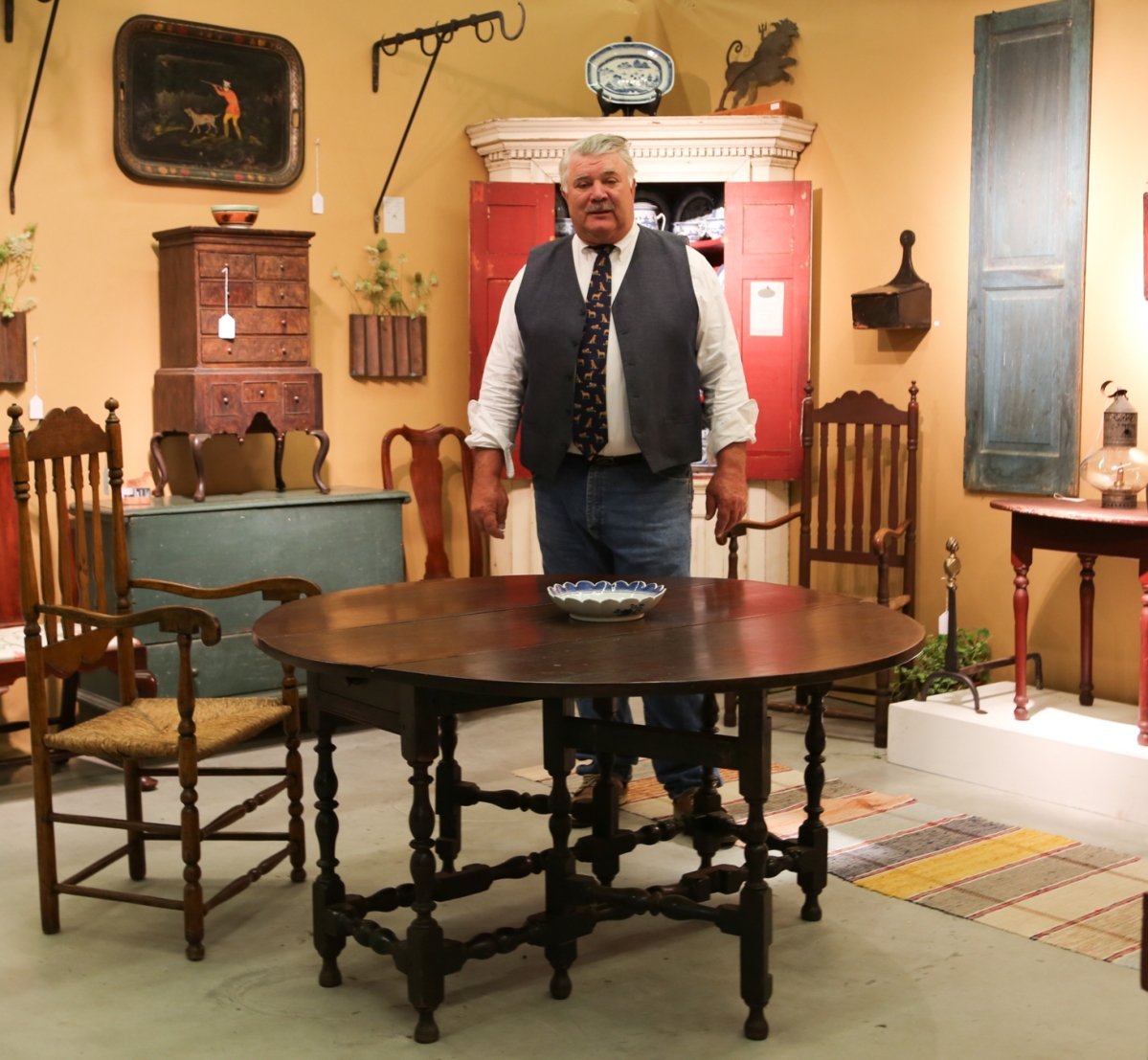
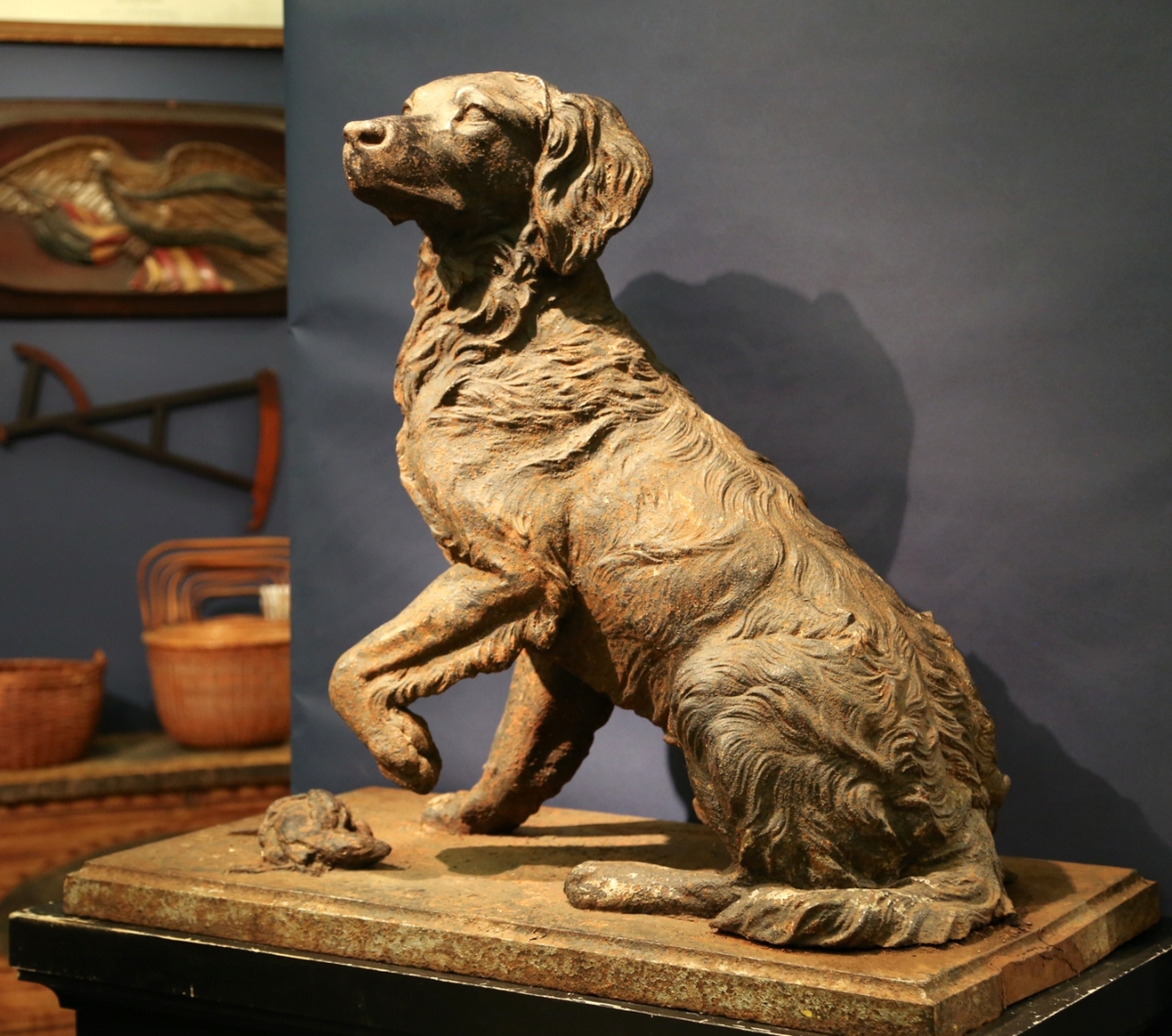
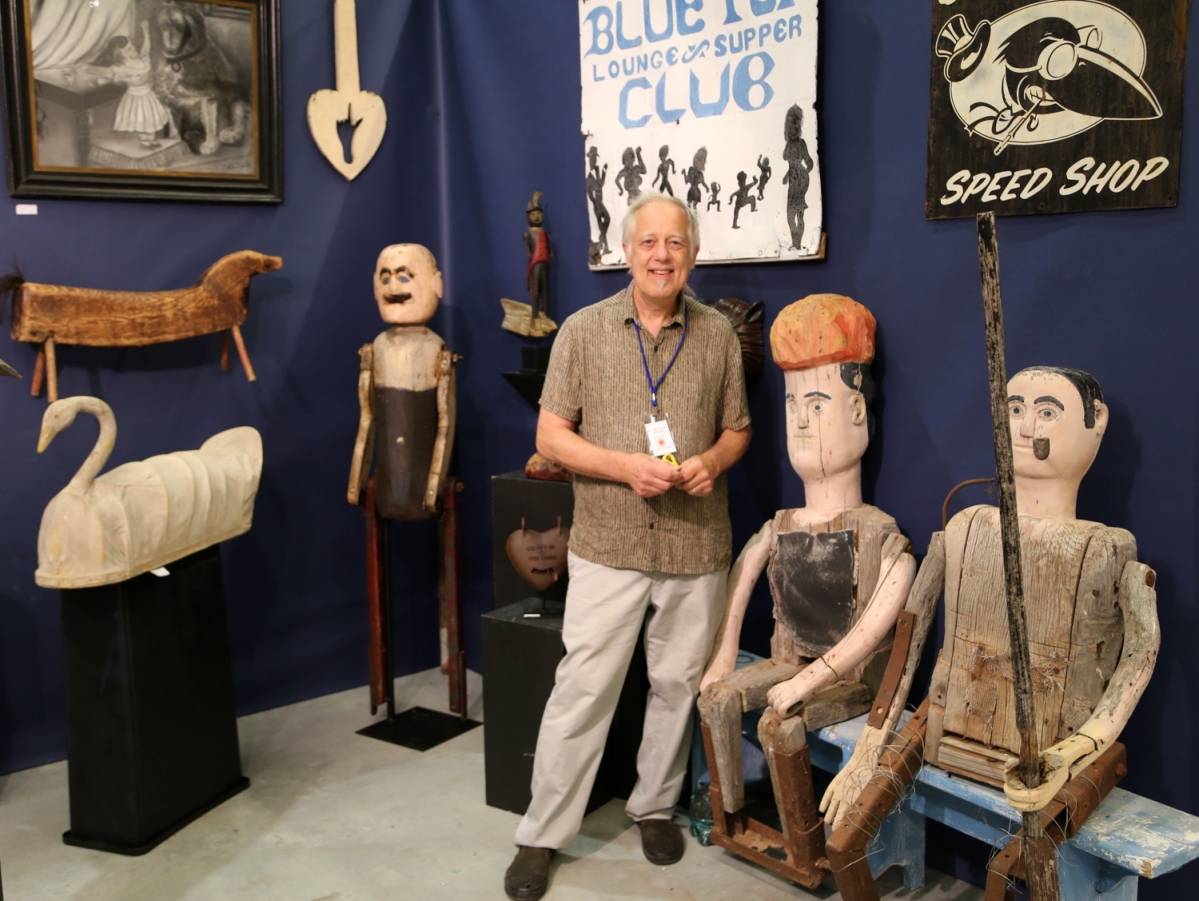
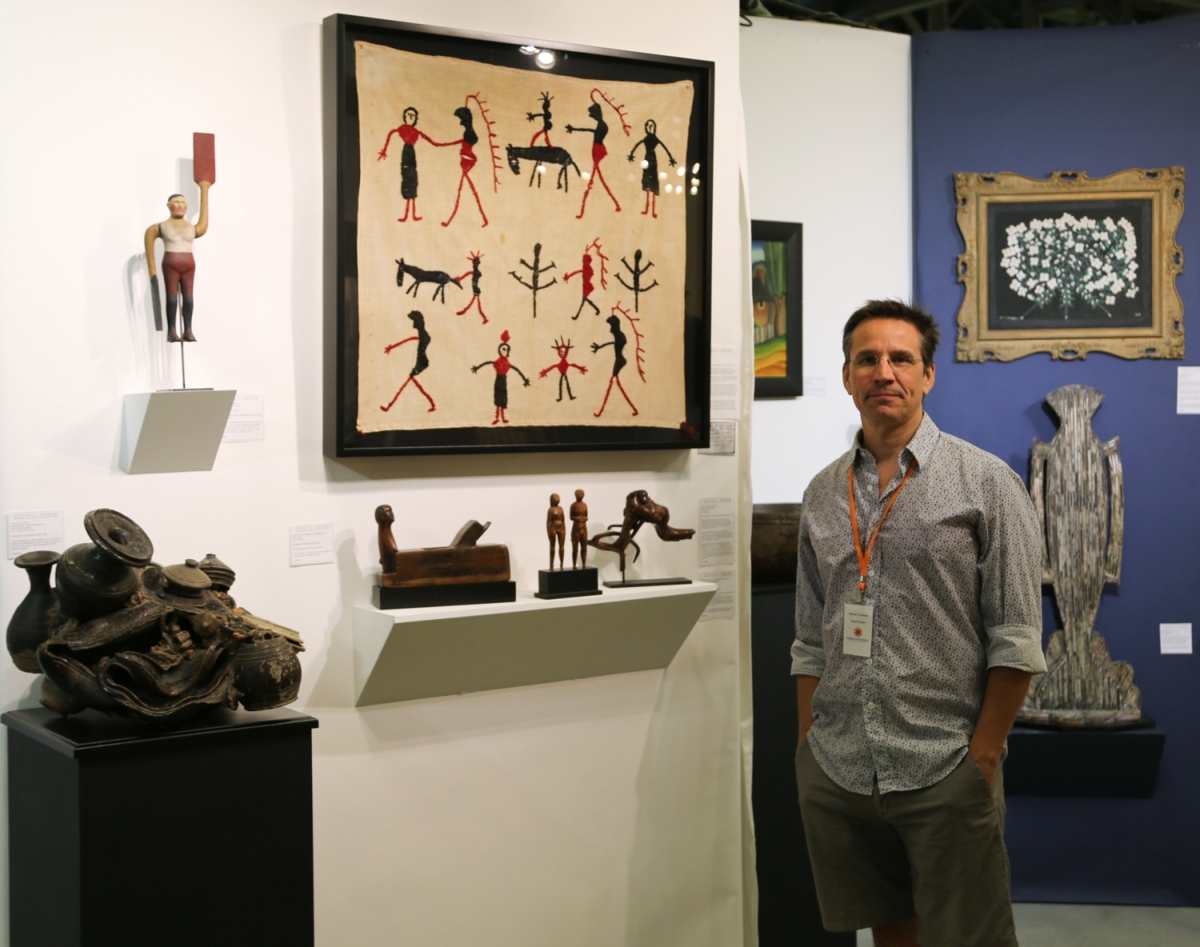
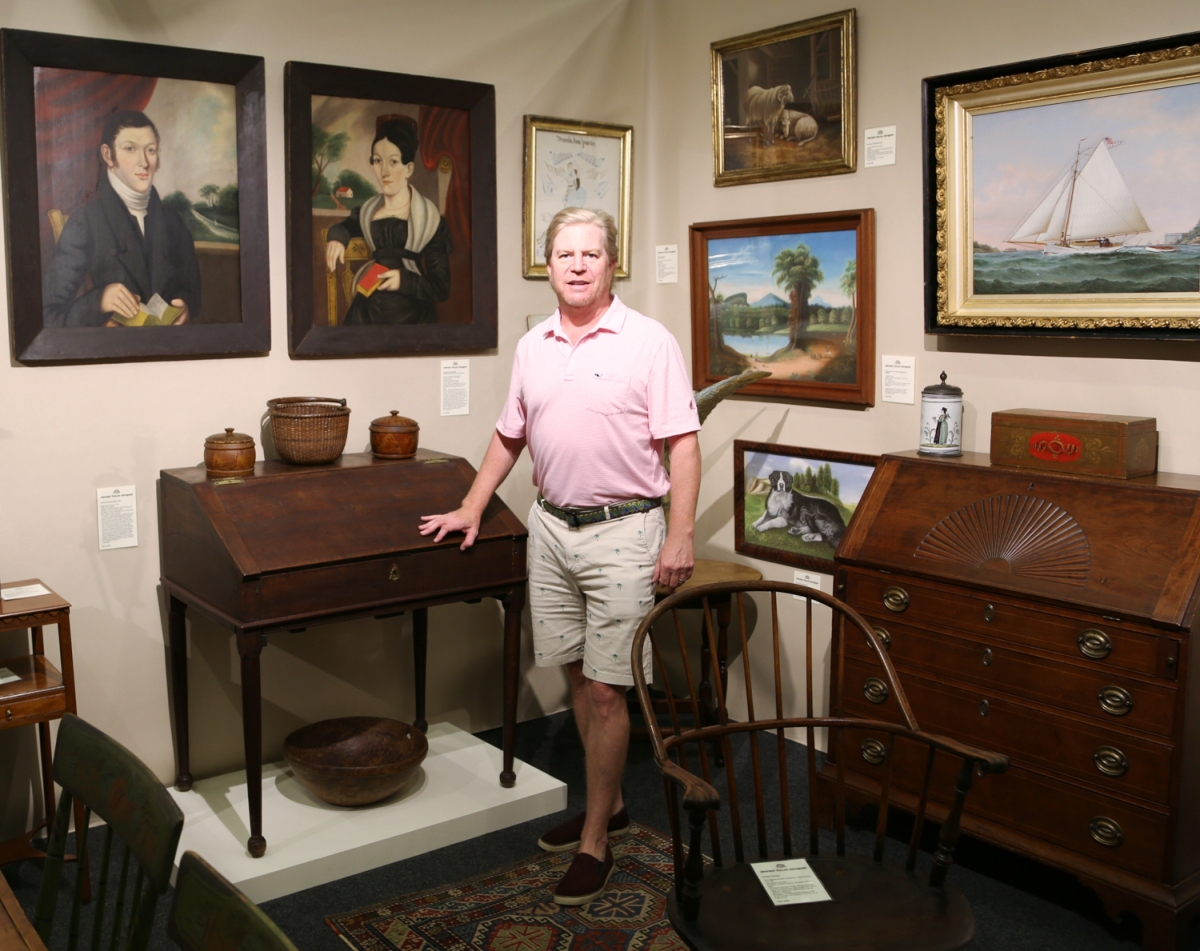
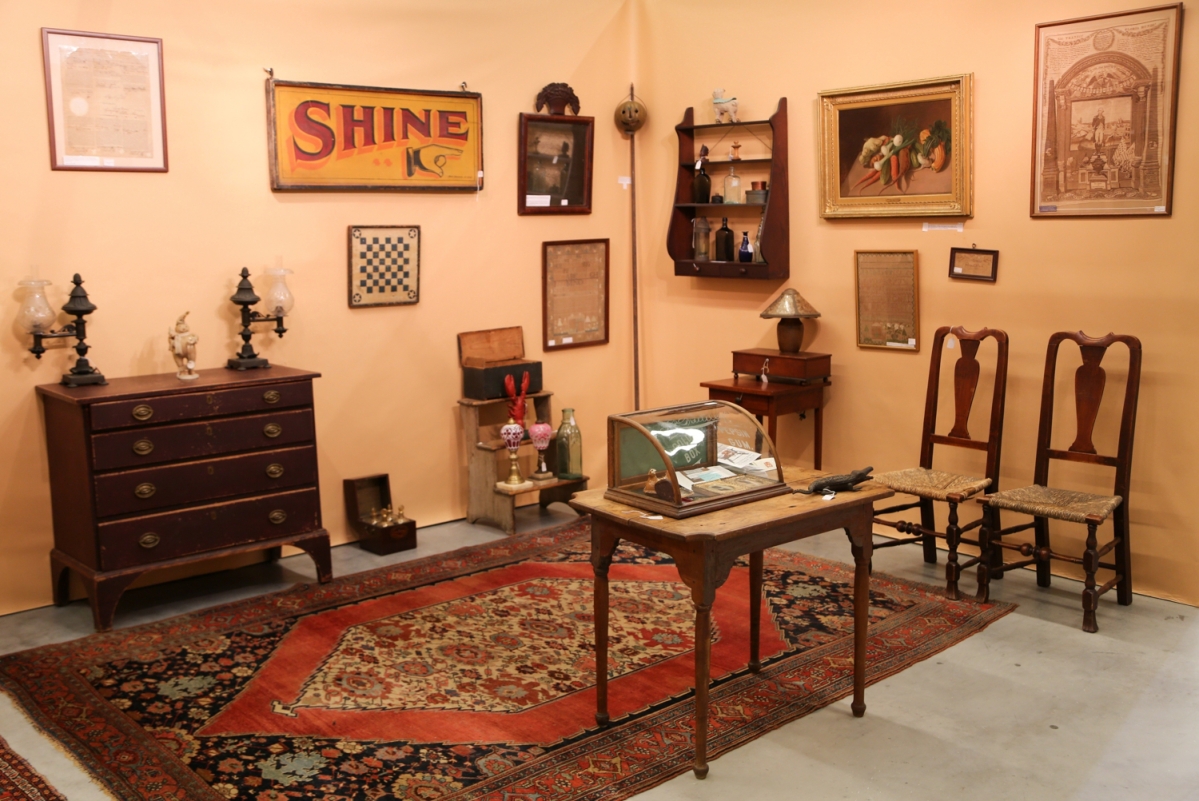
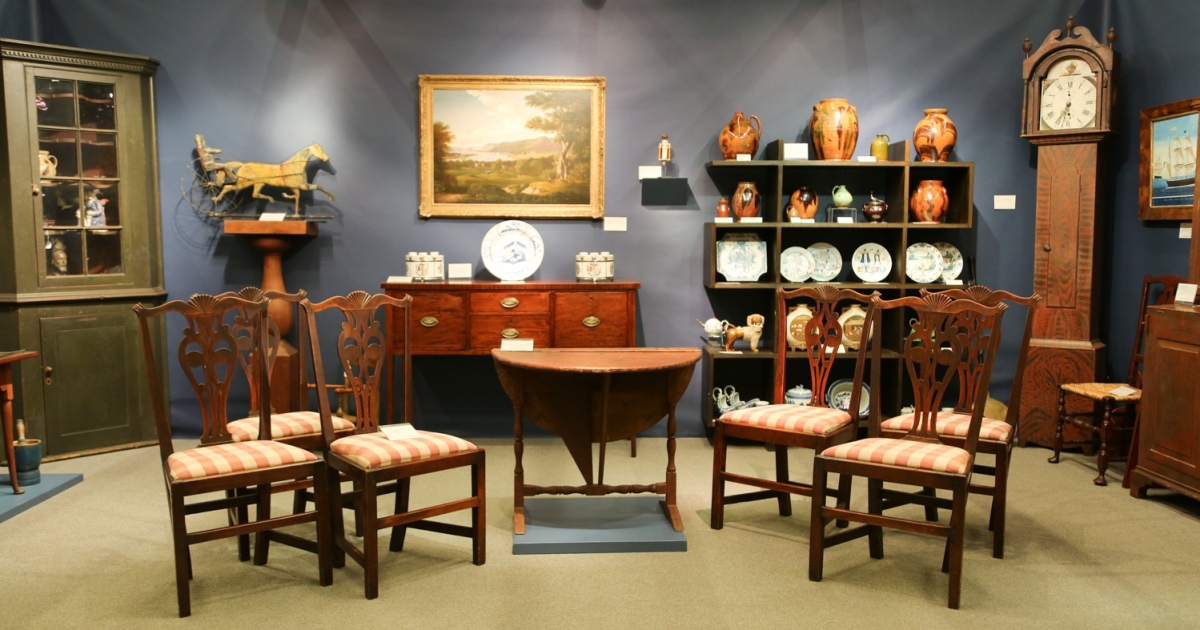
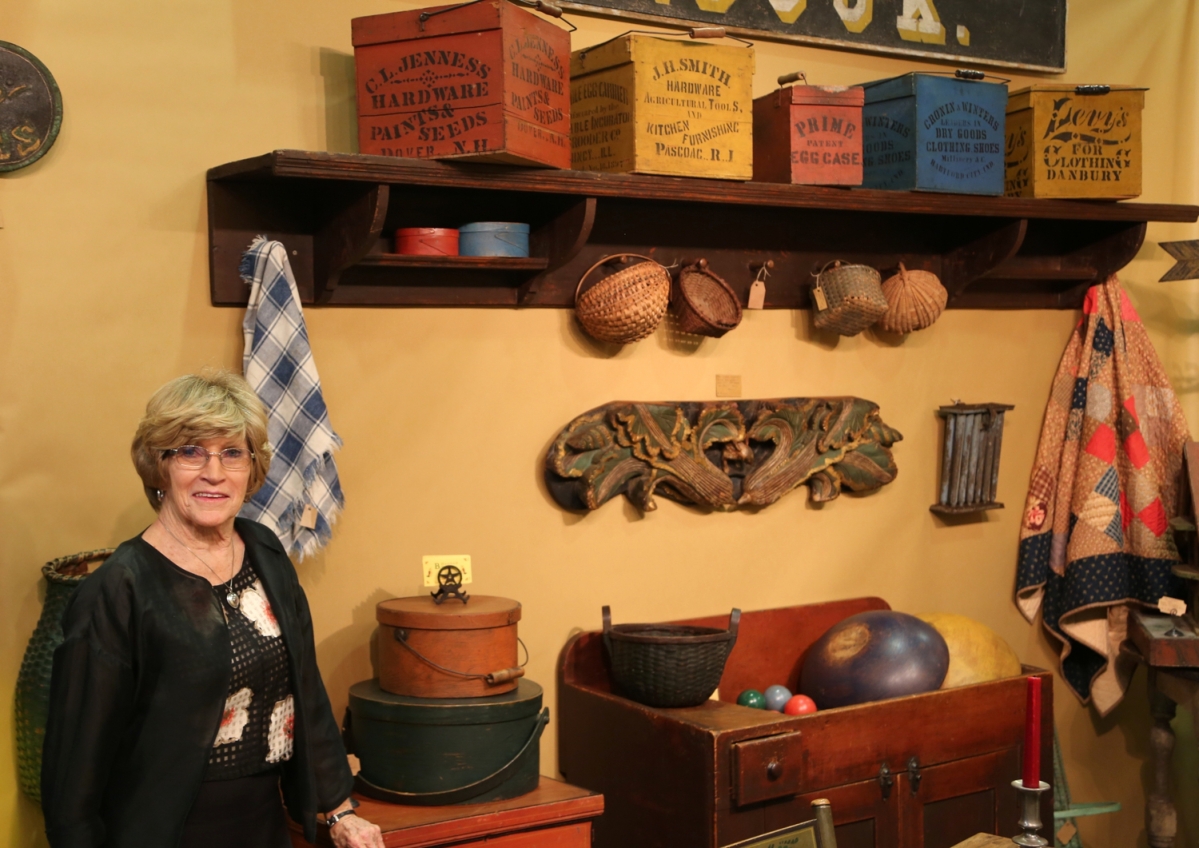
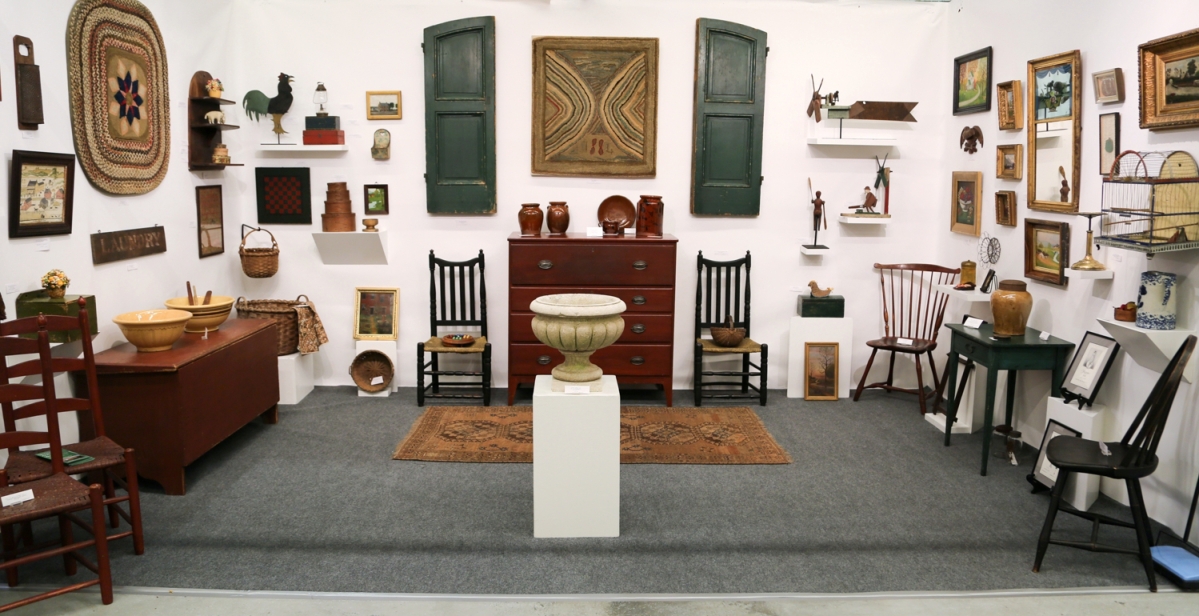
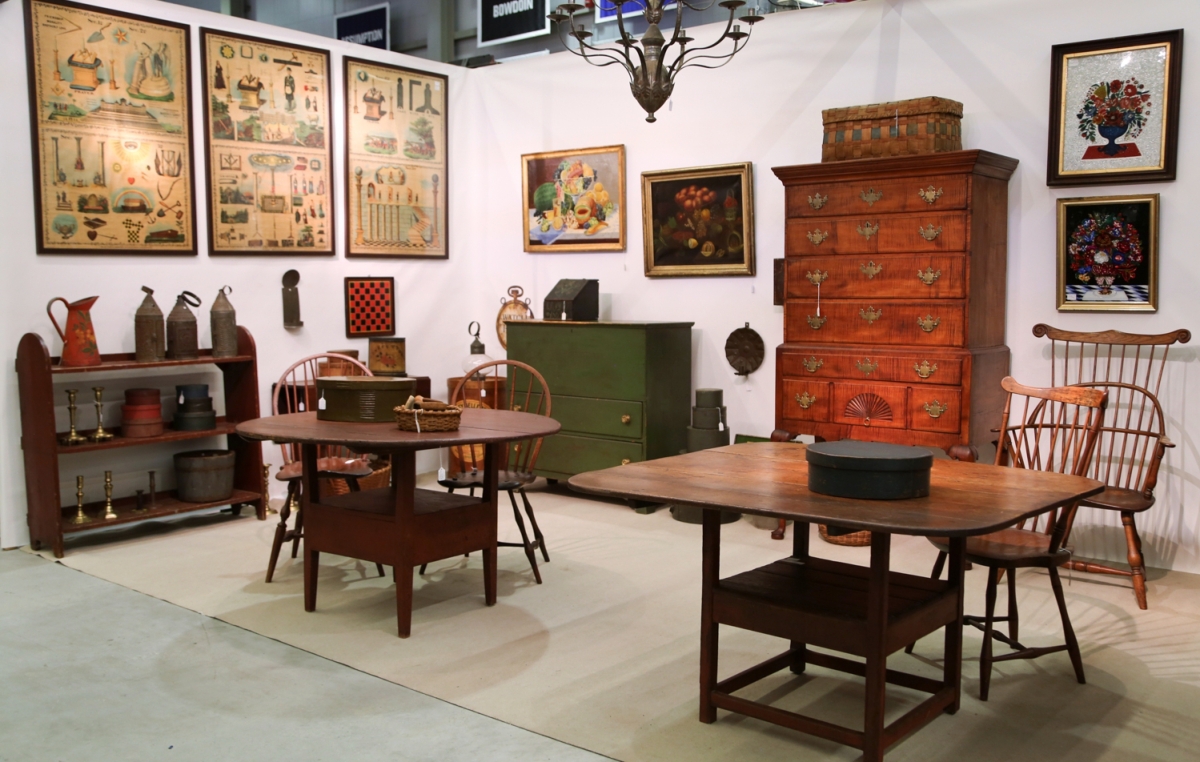
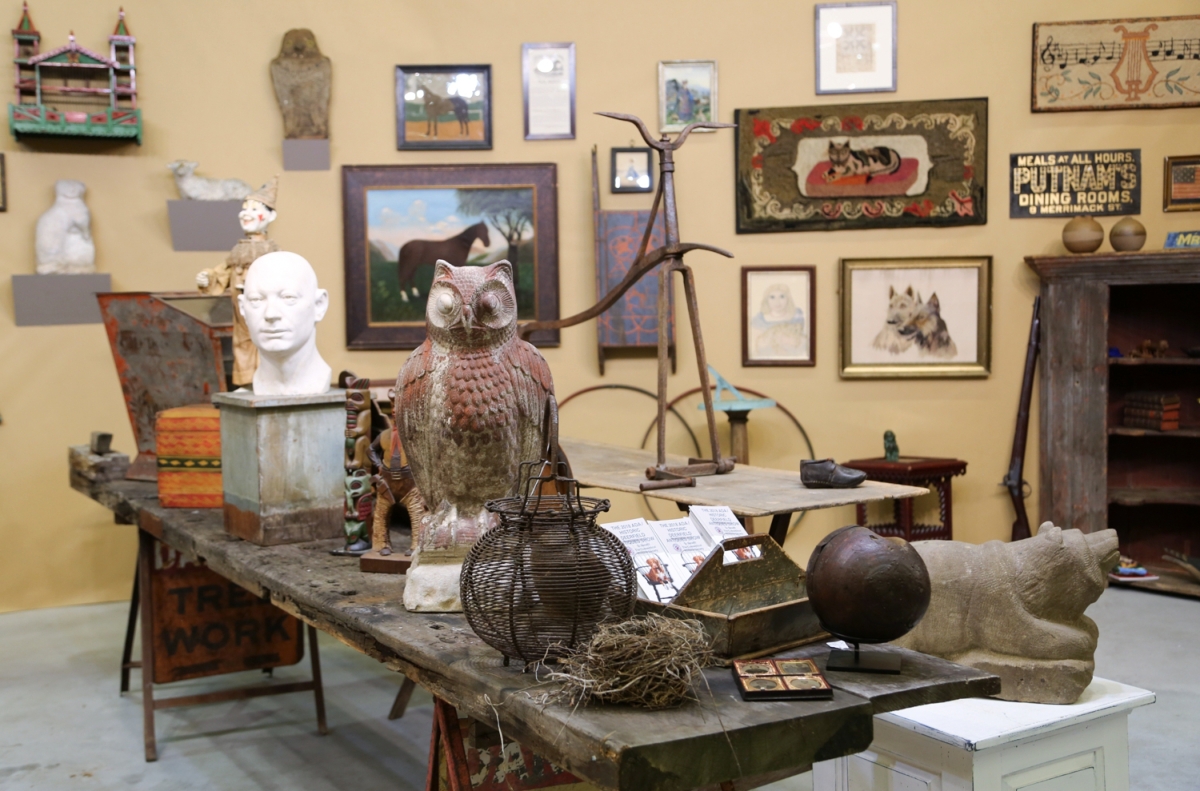
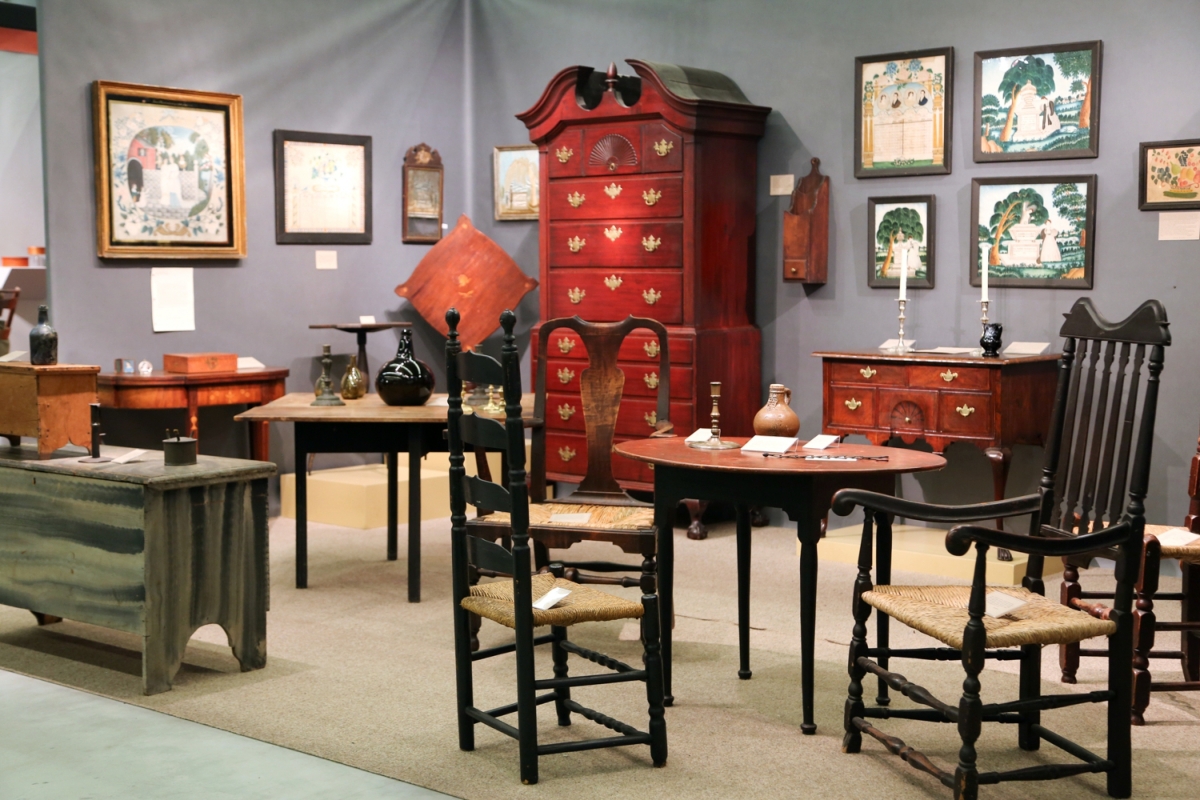
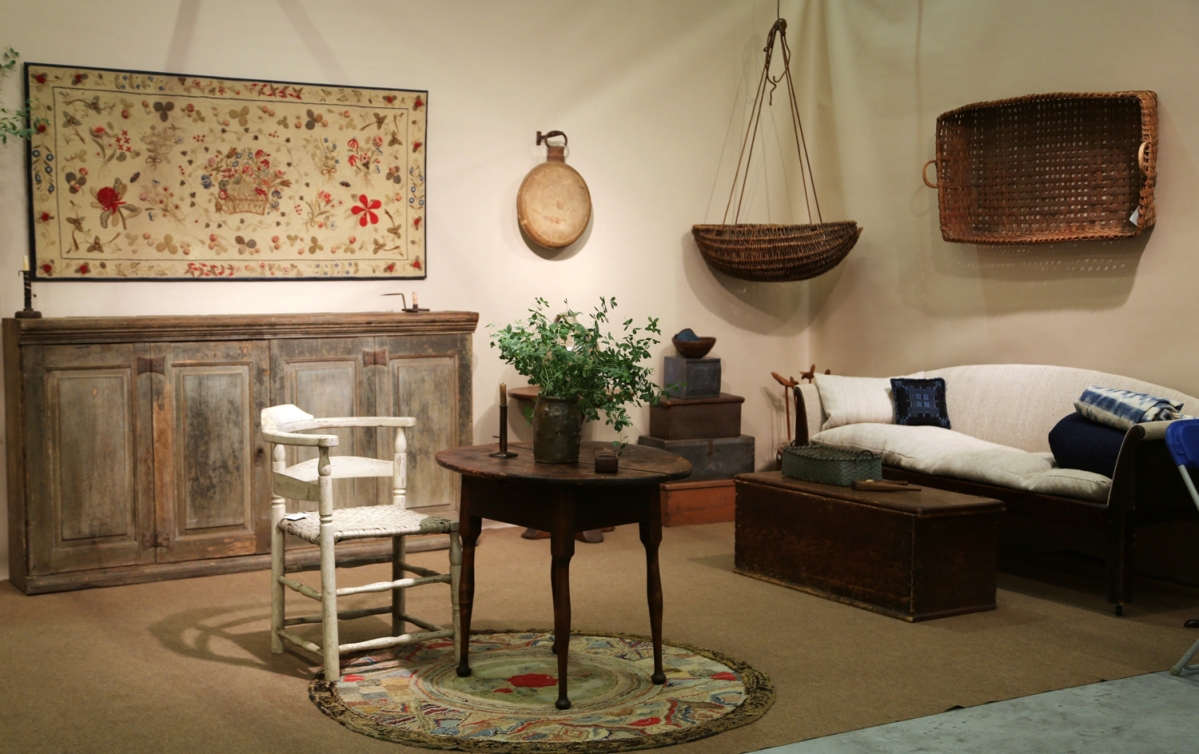
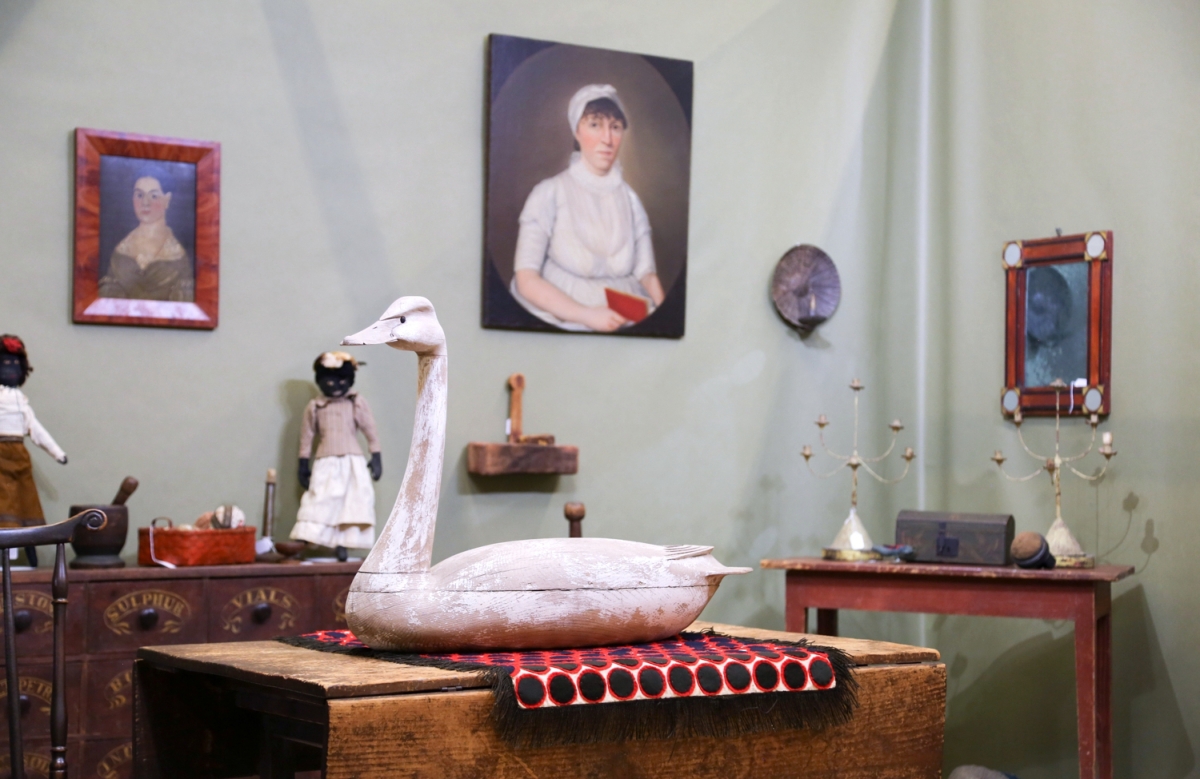
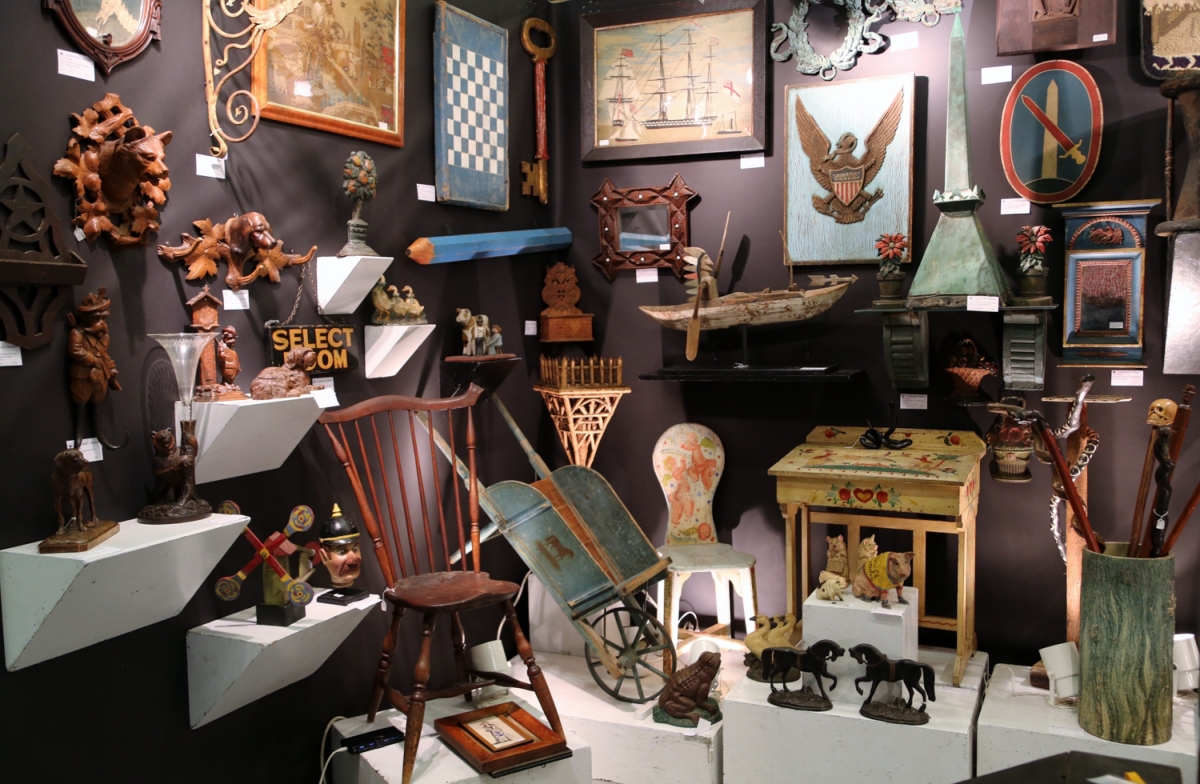
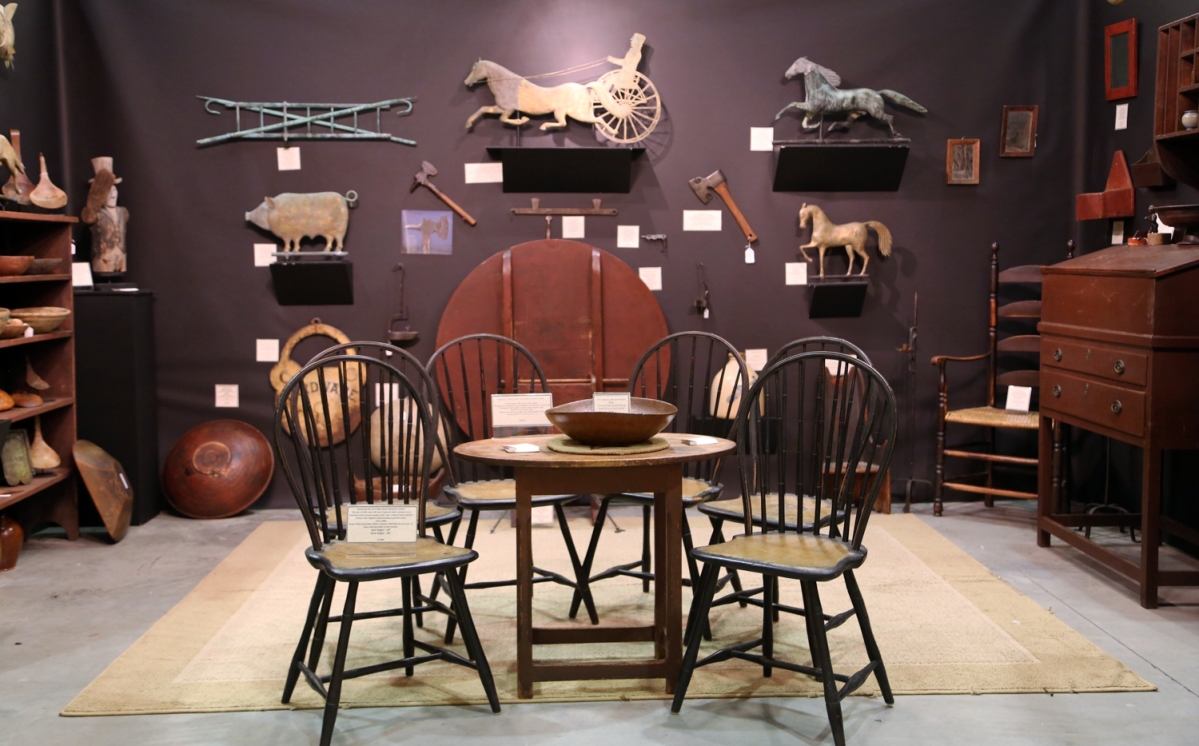
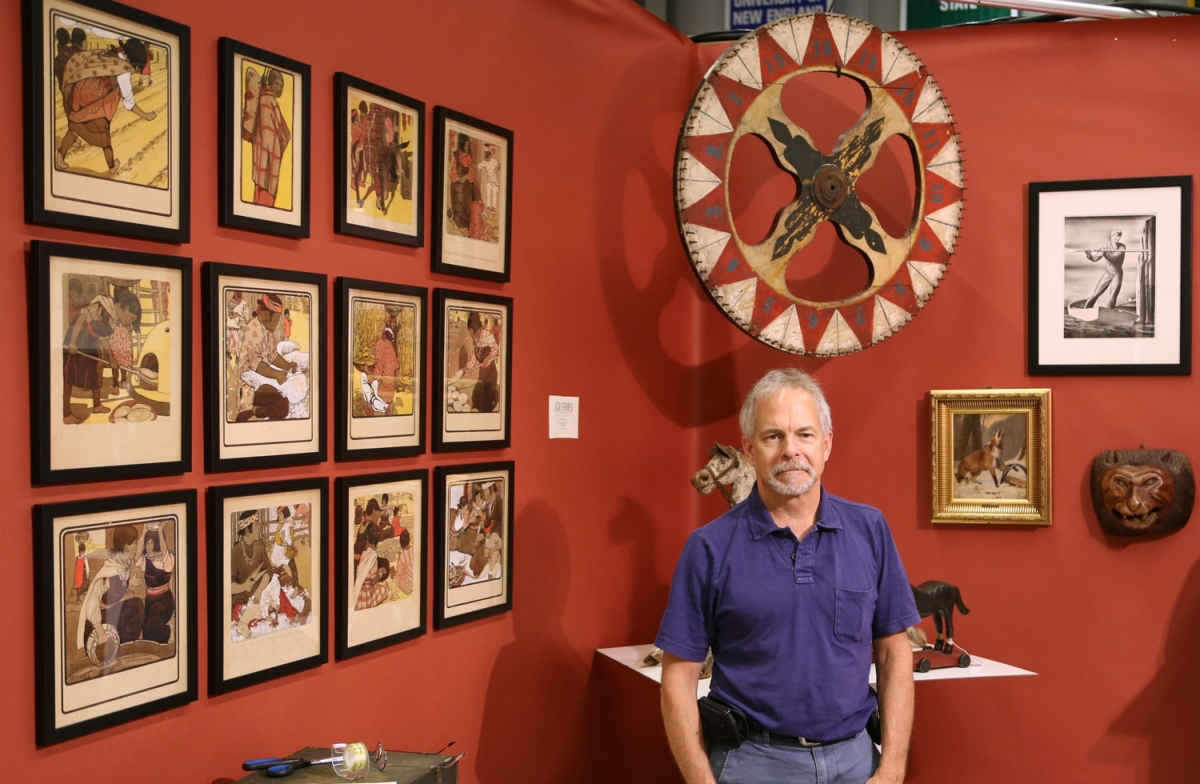
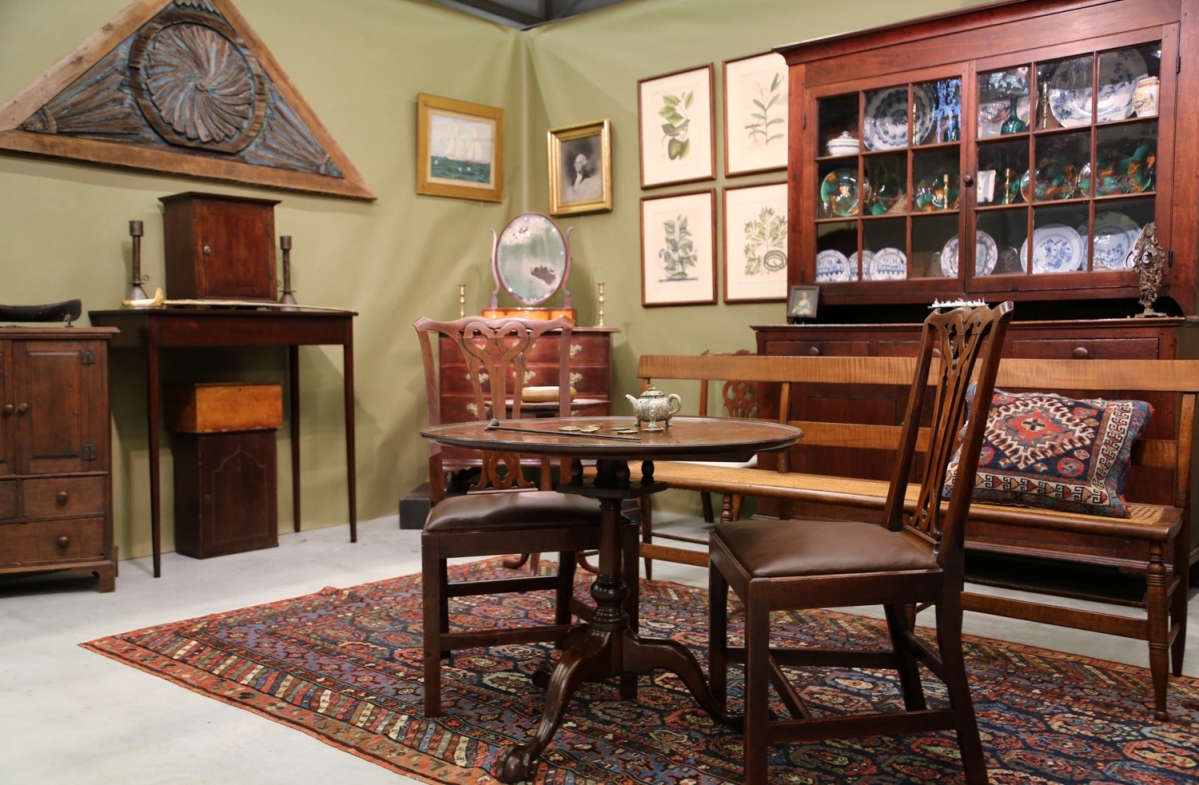
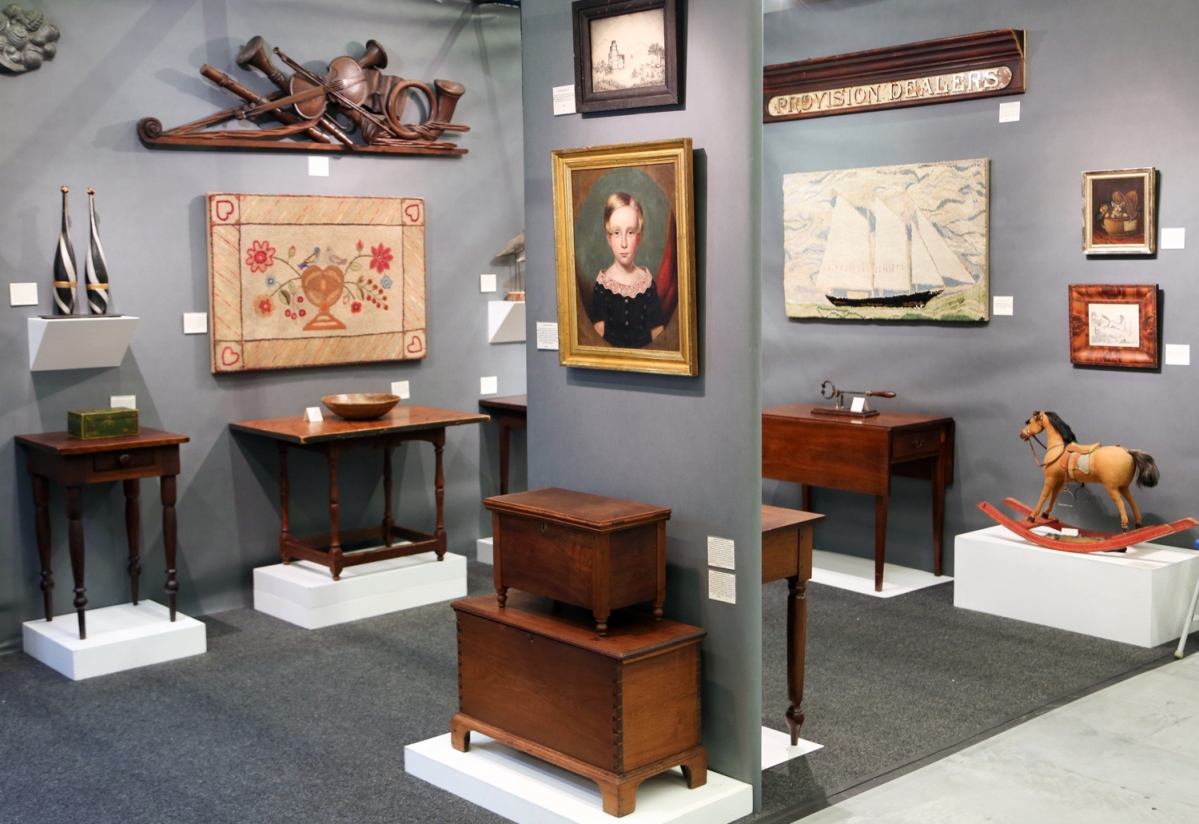
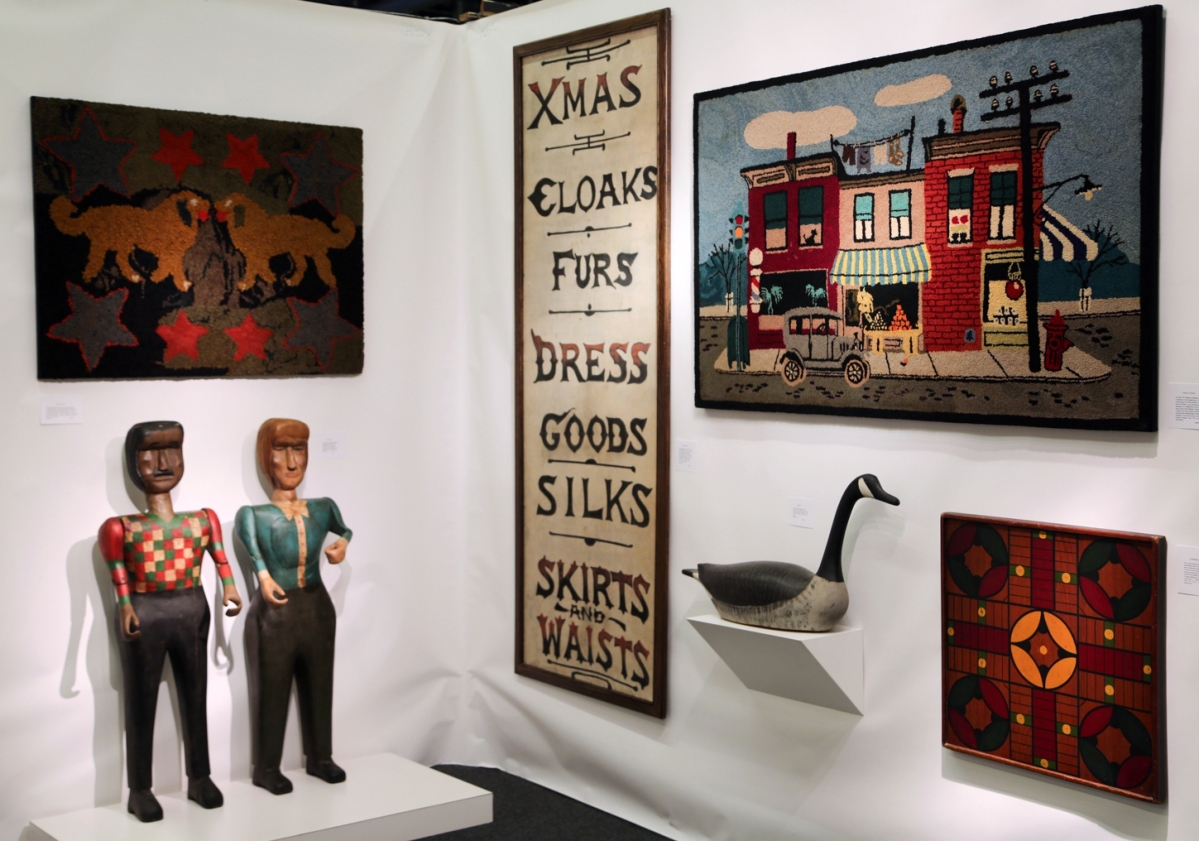
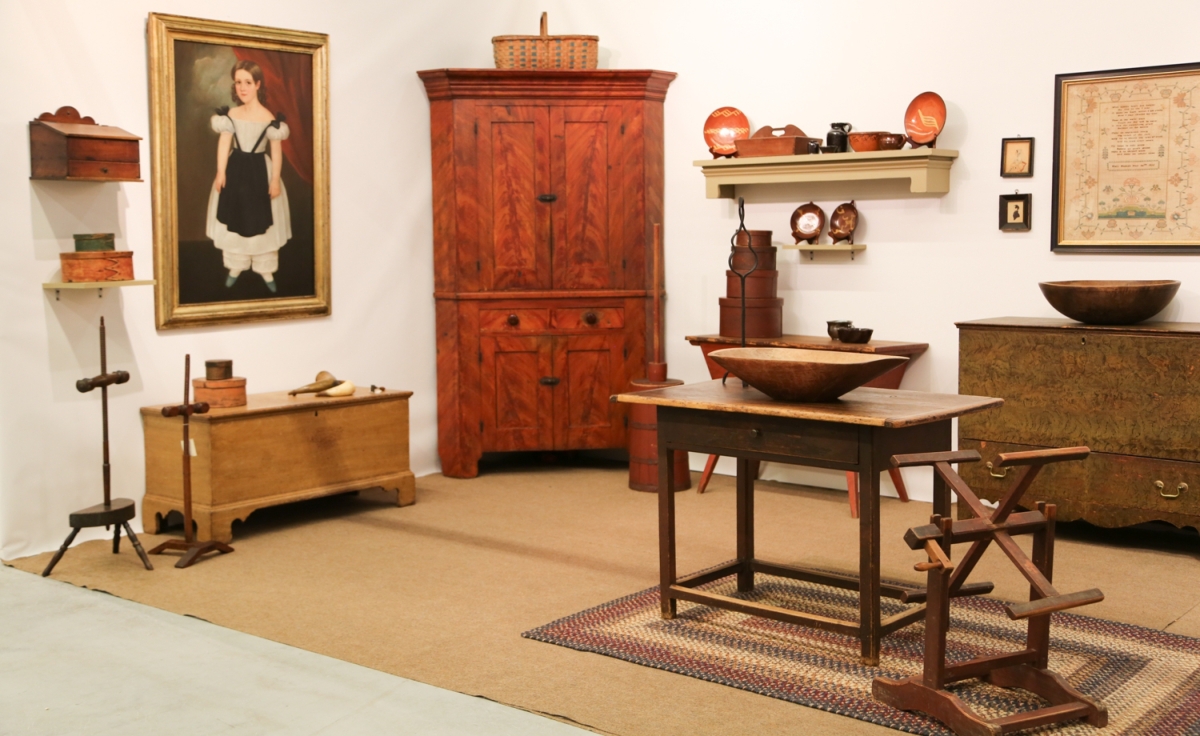
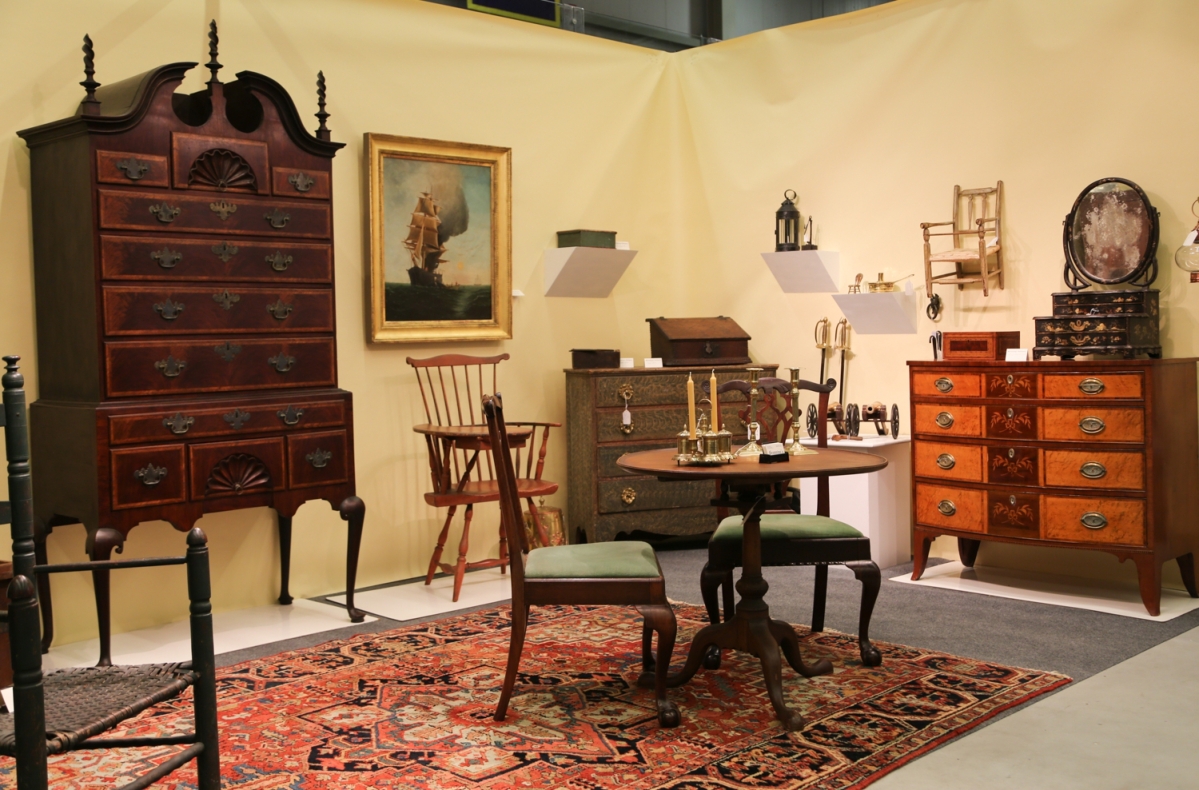
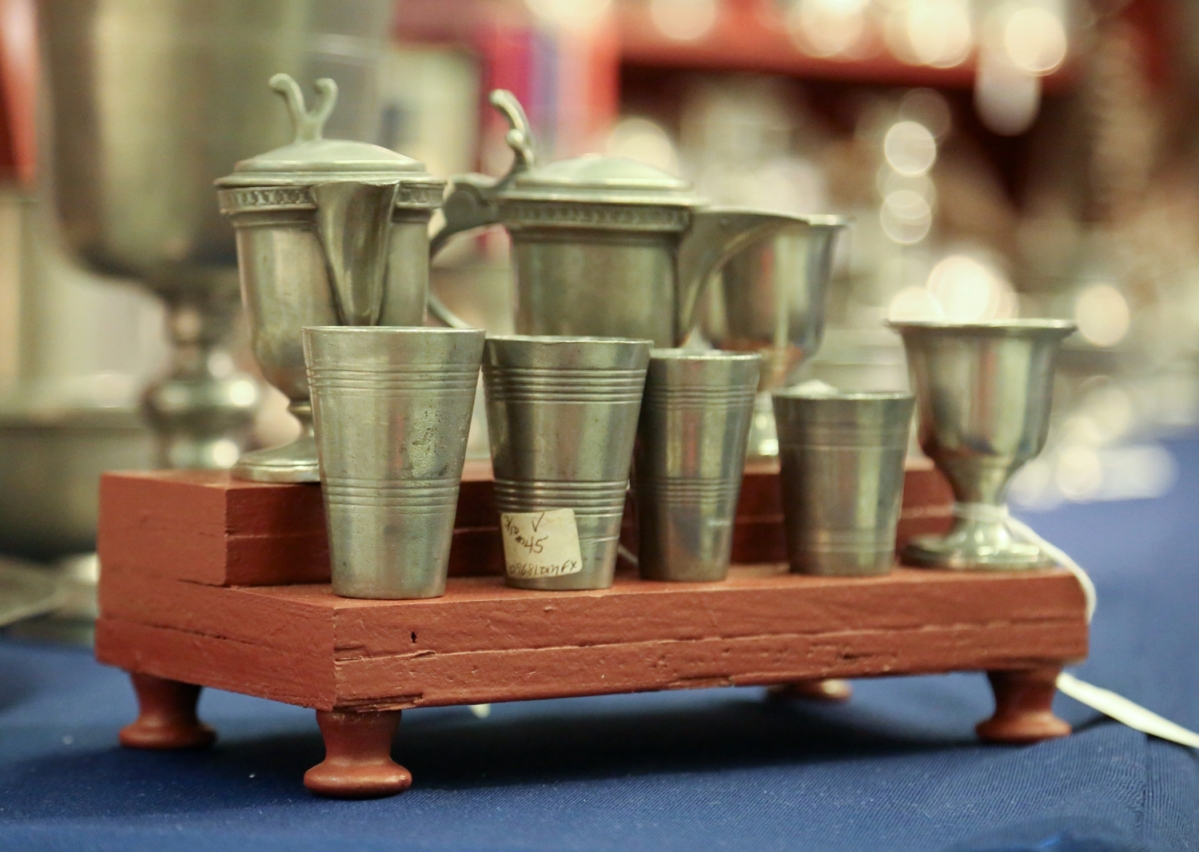
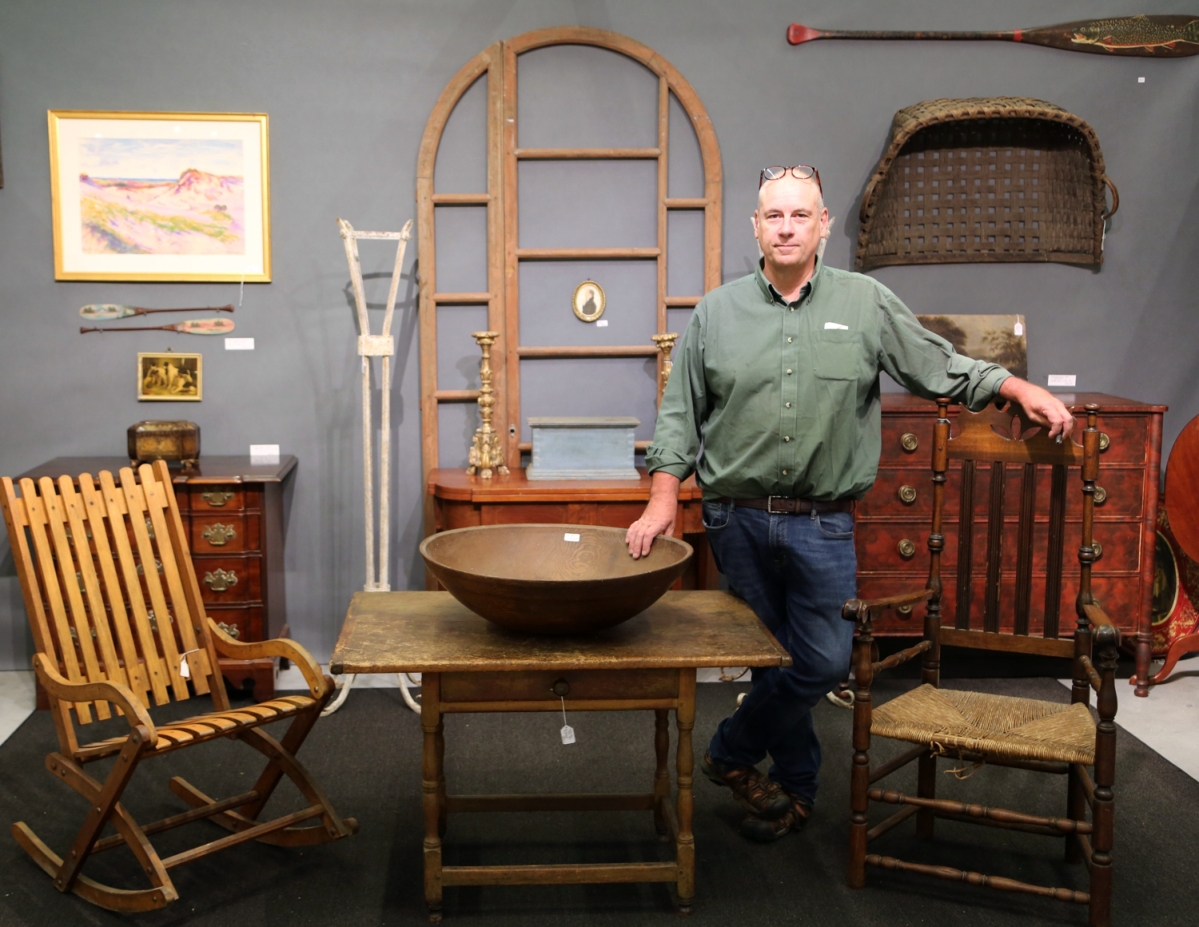
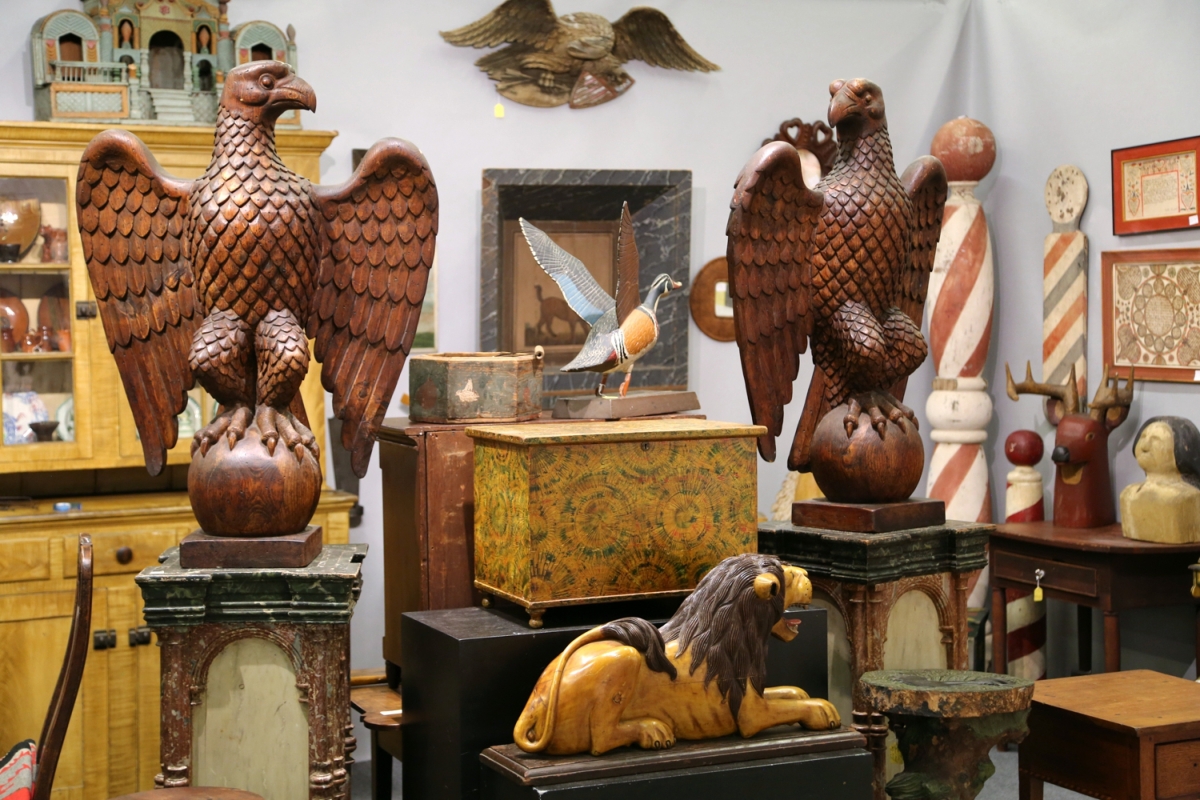
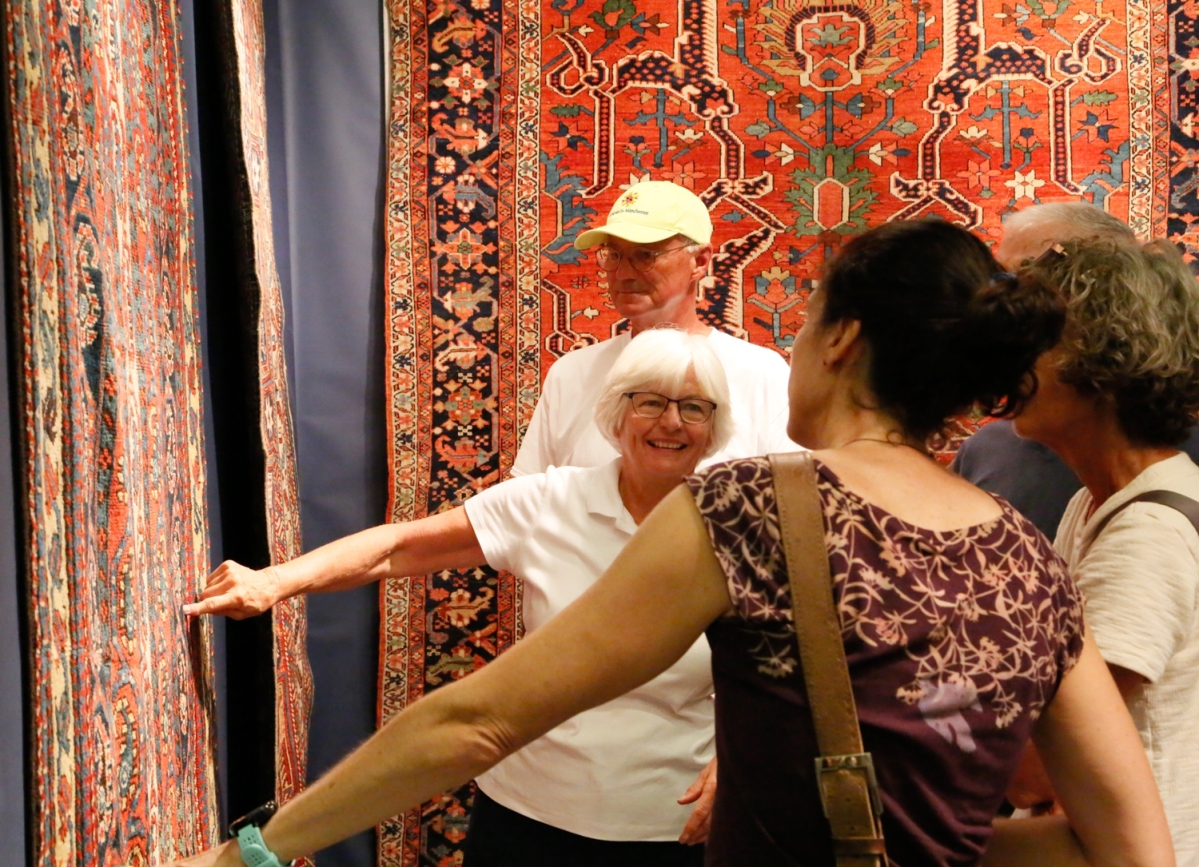
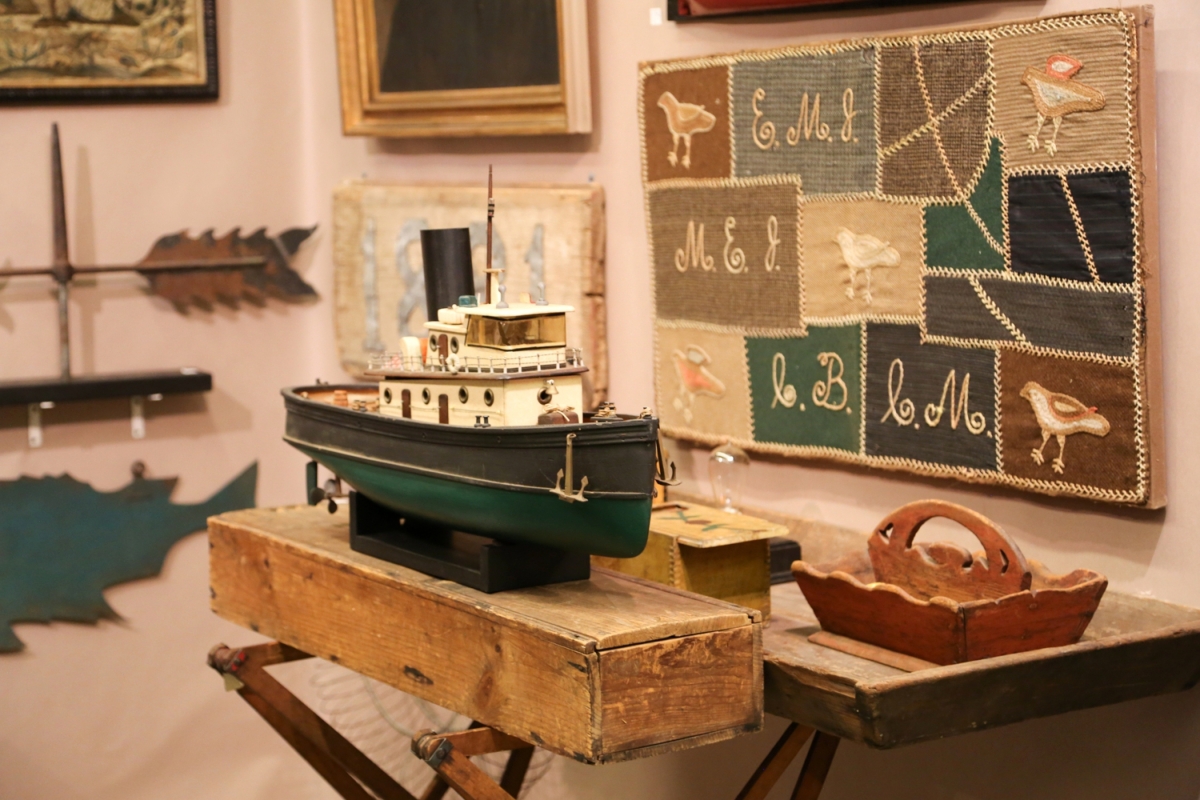
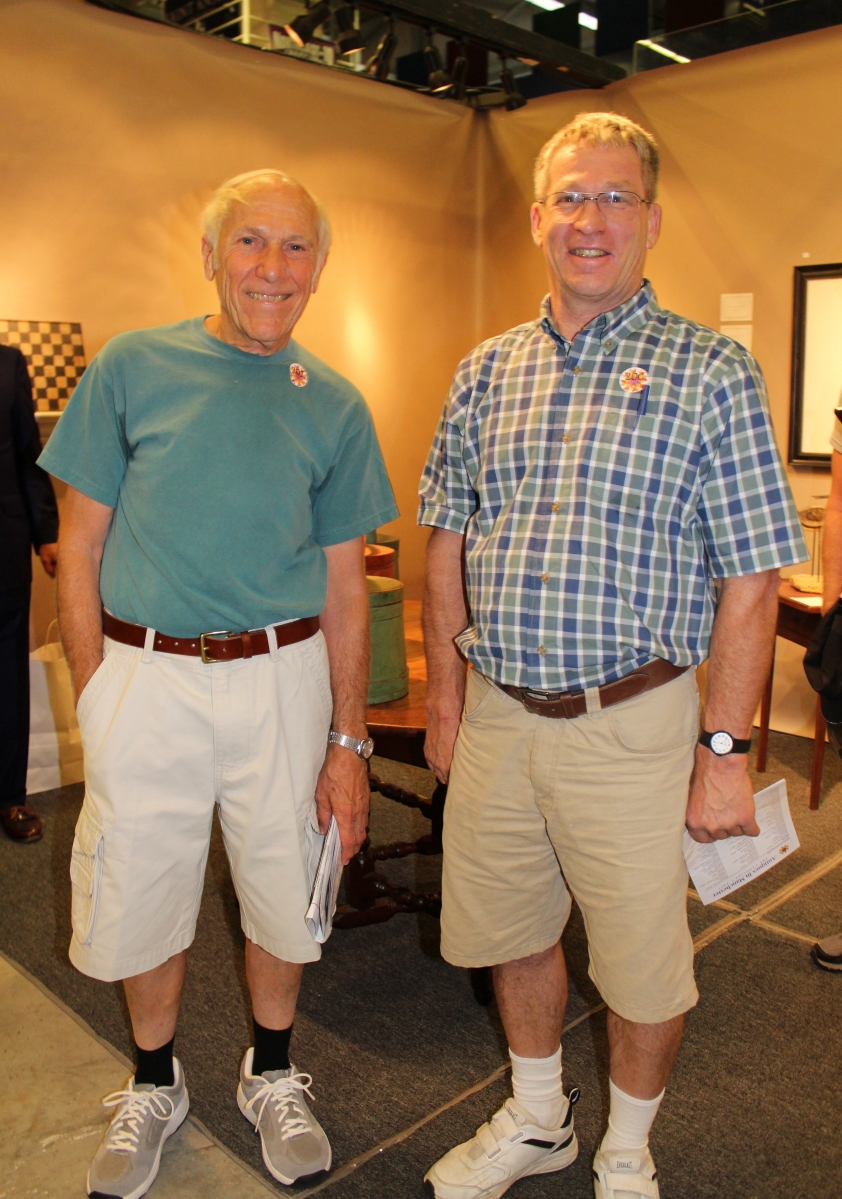
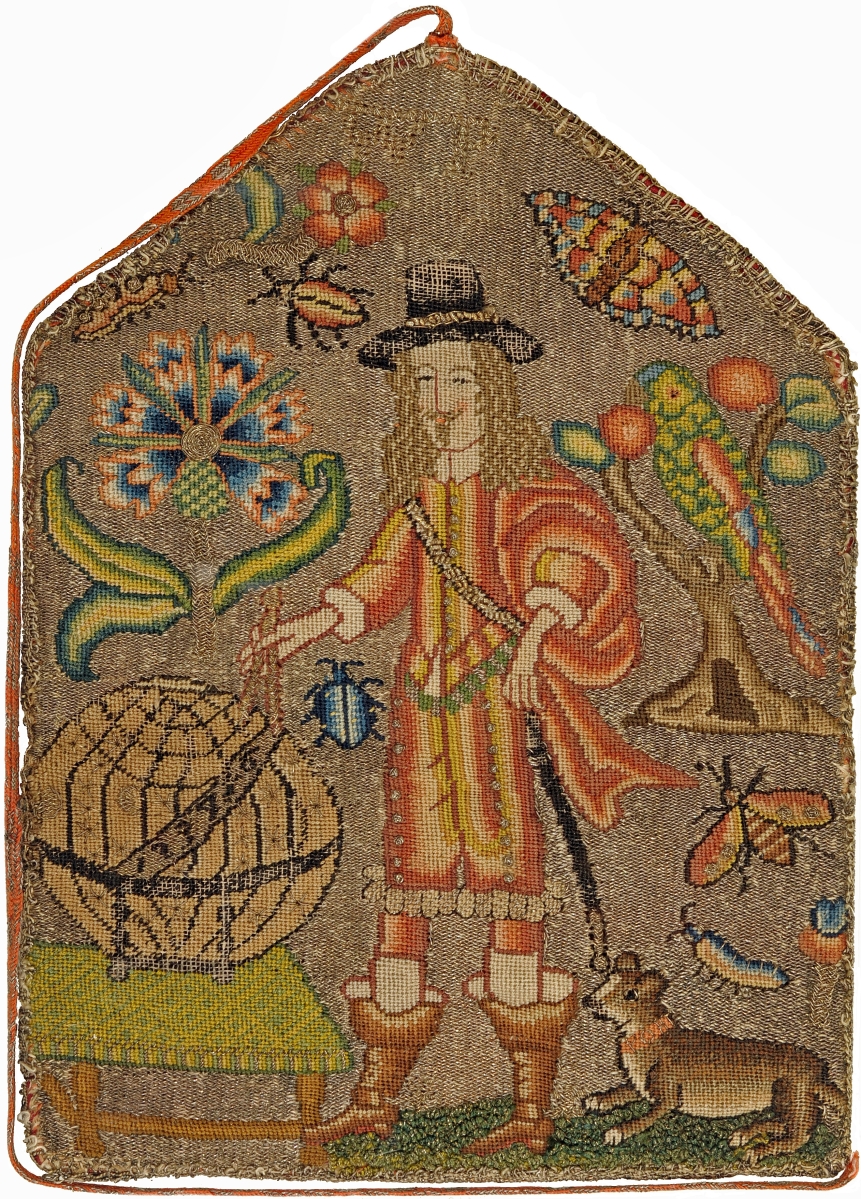
2.jpg)
2.jpg)
2.jpg)
